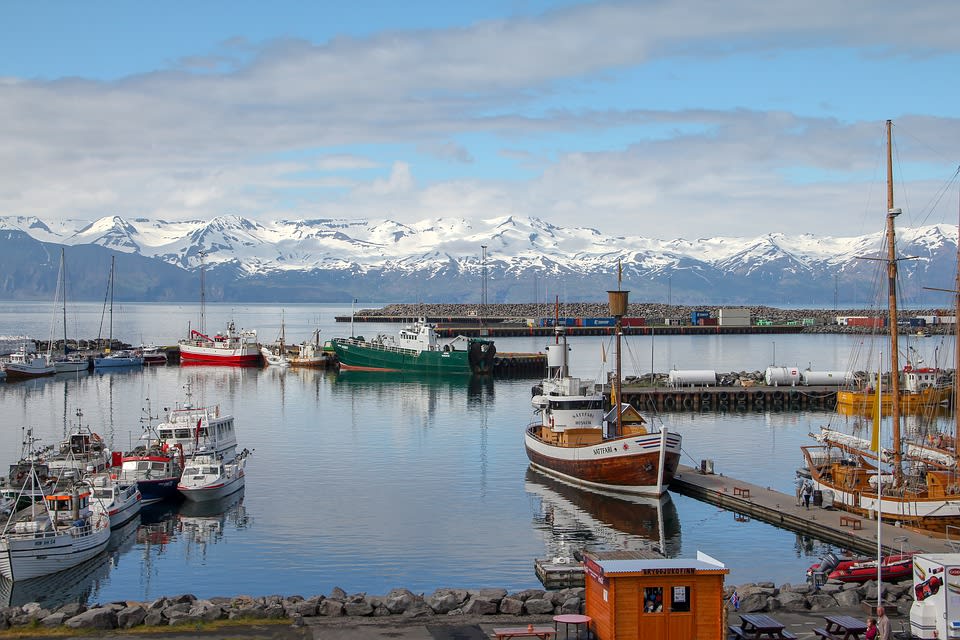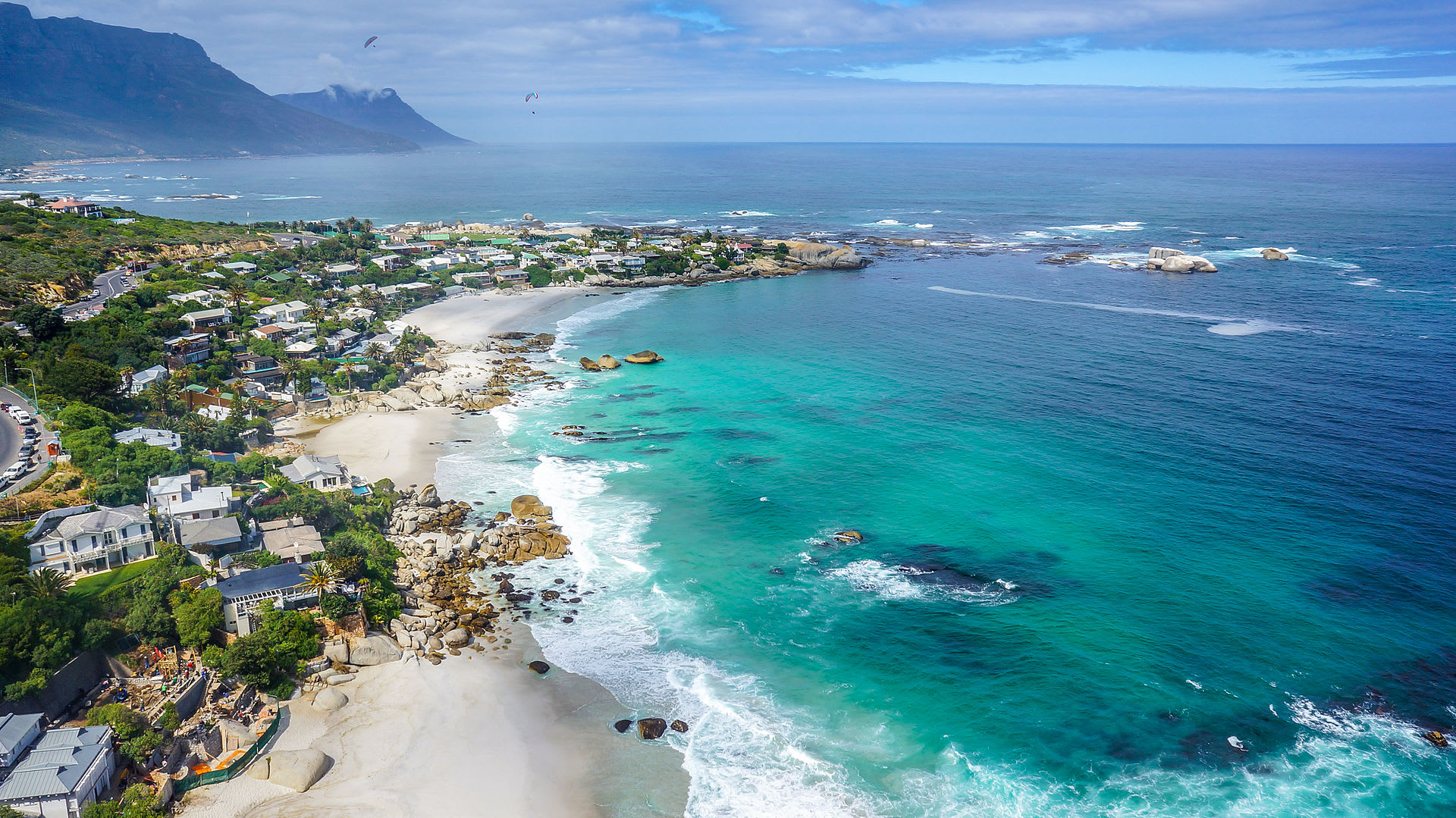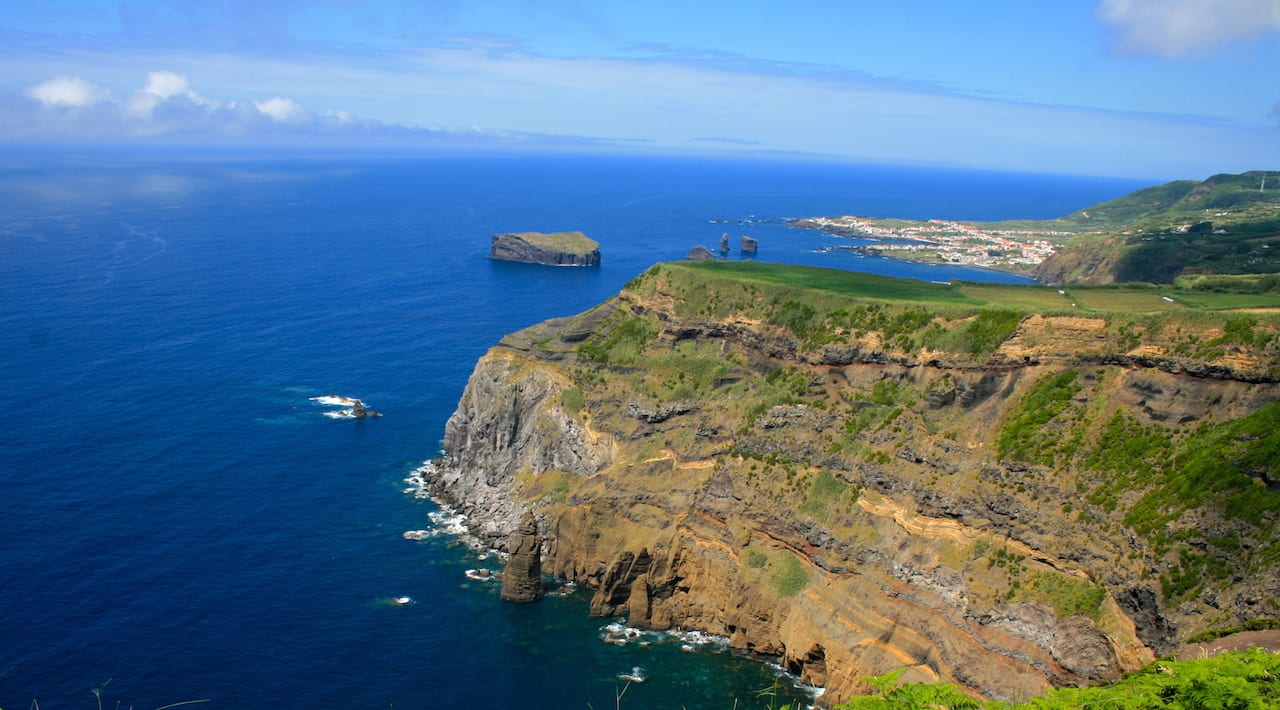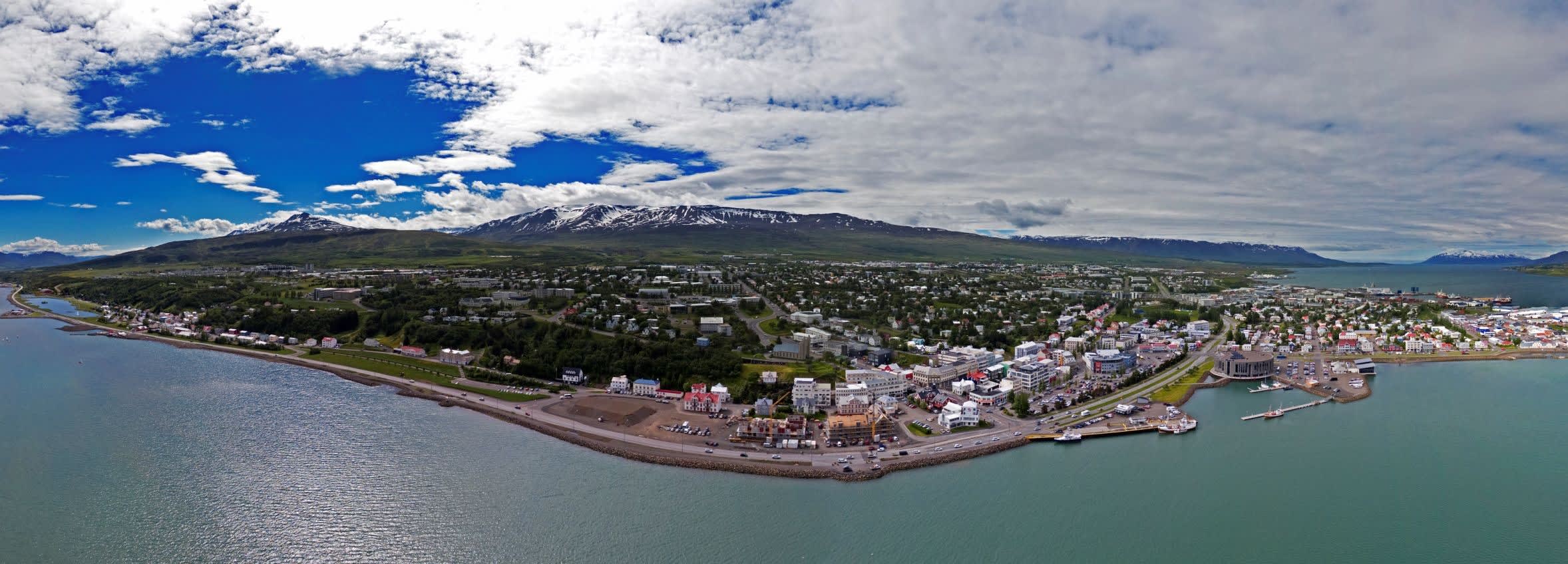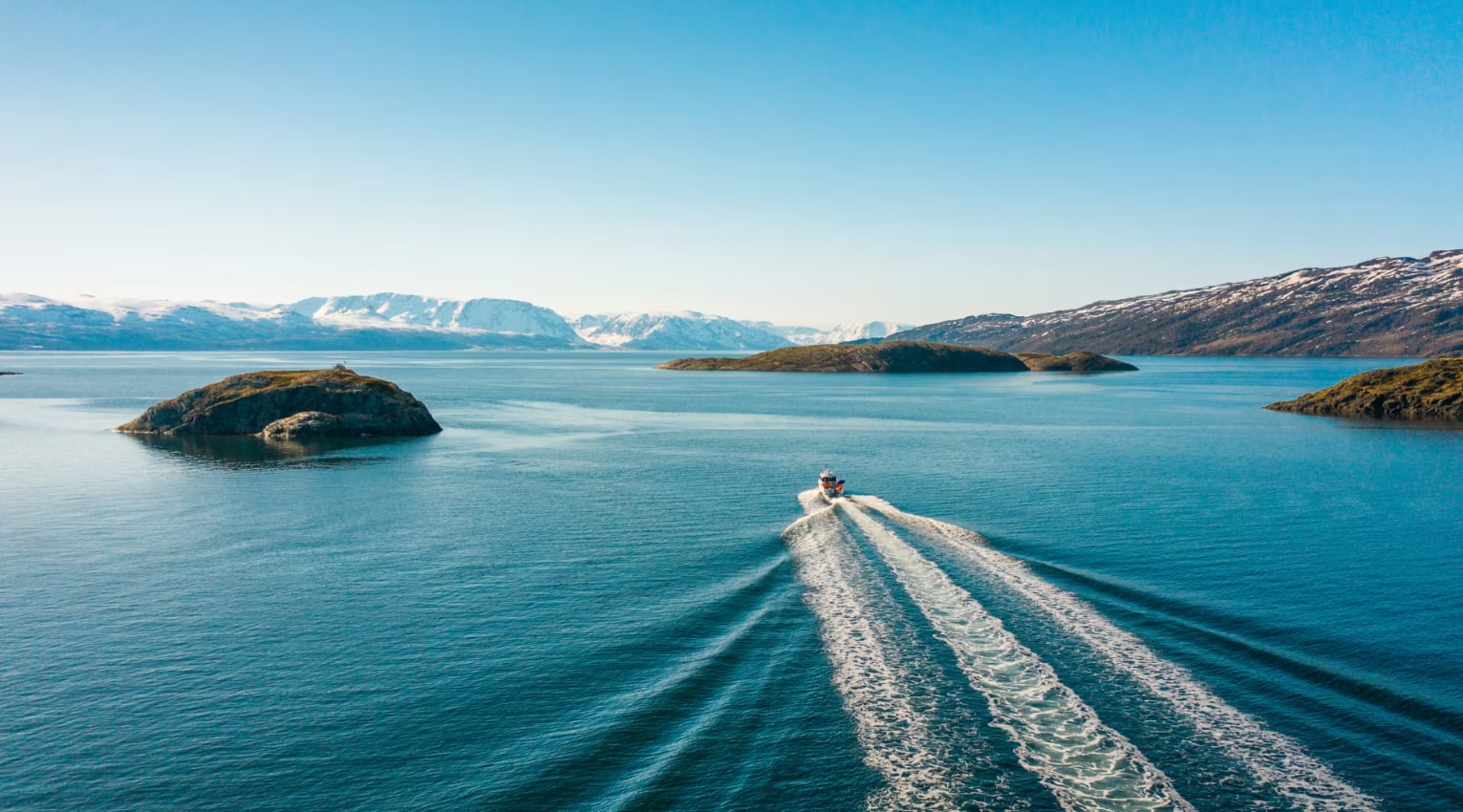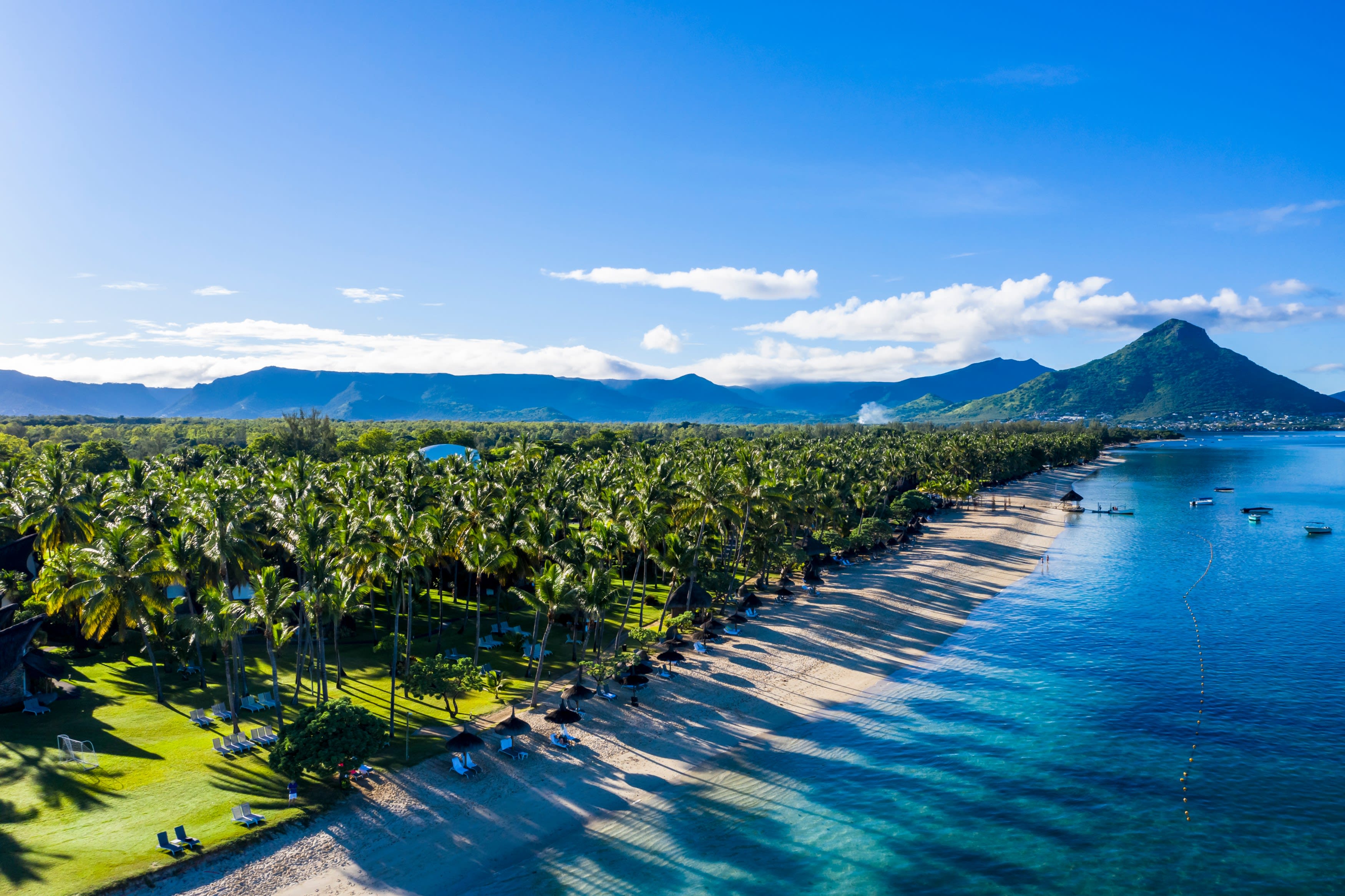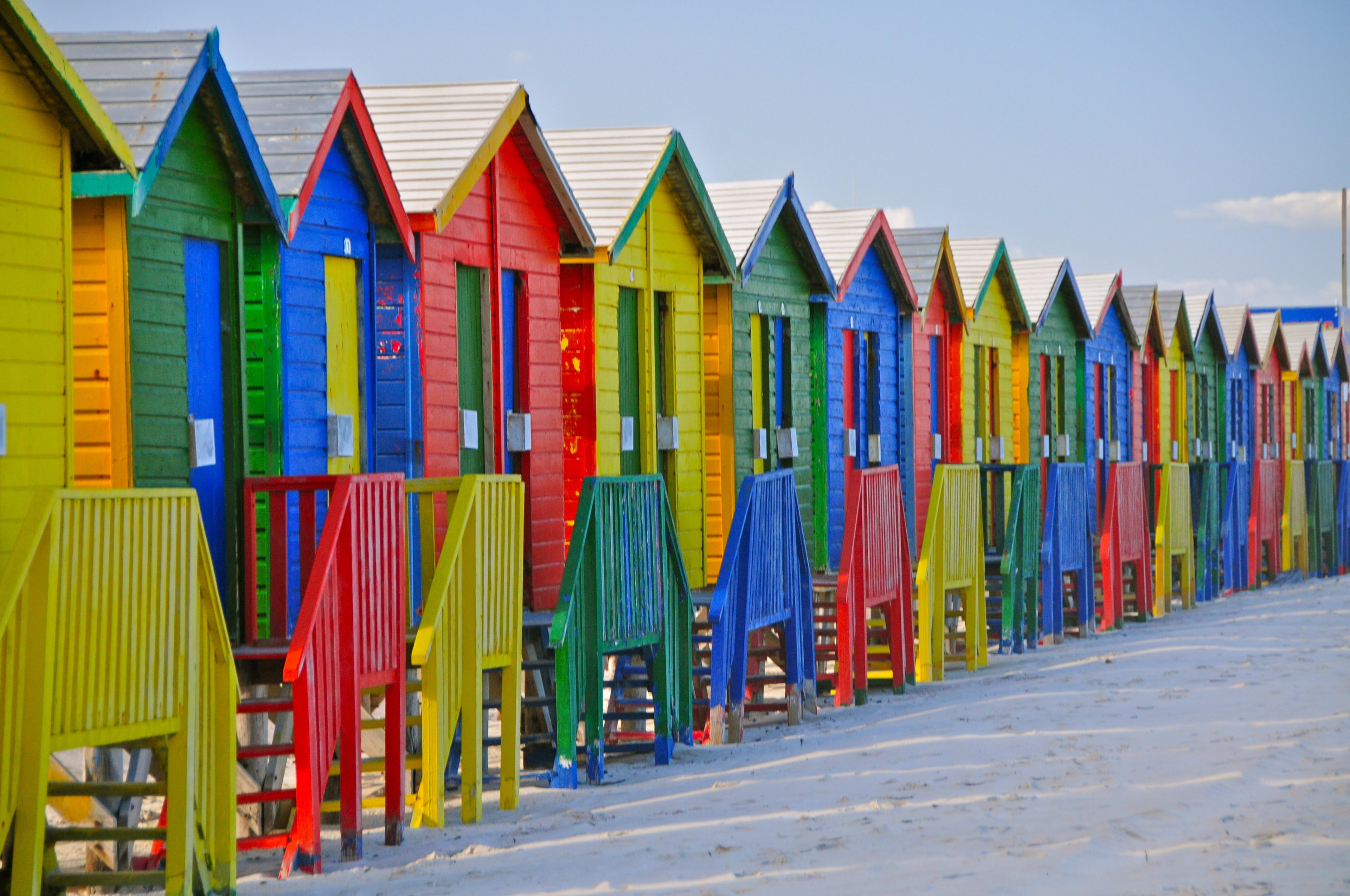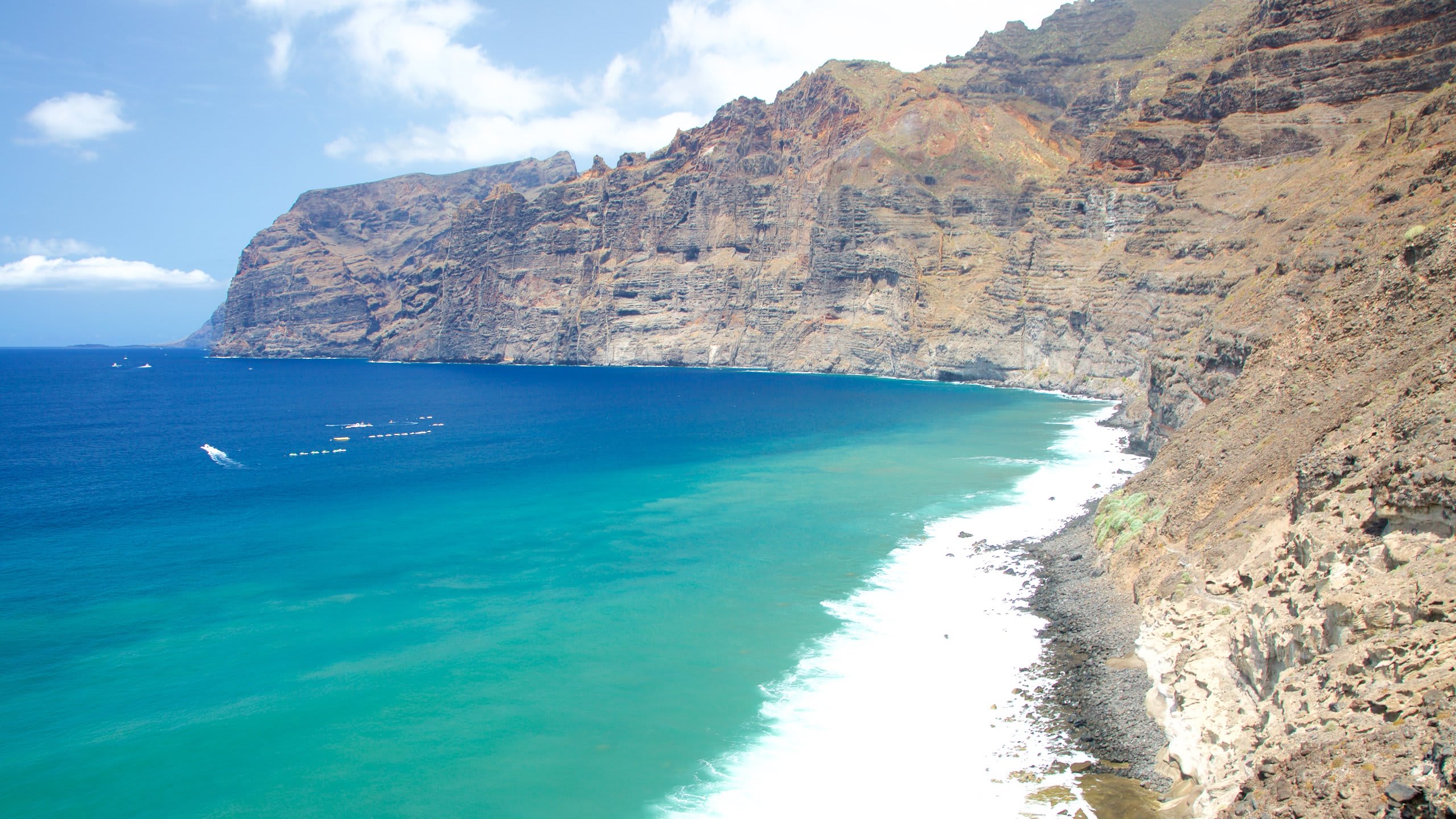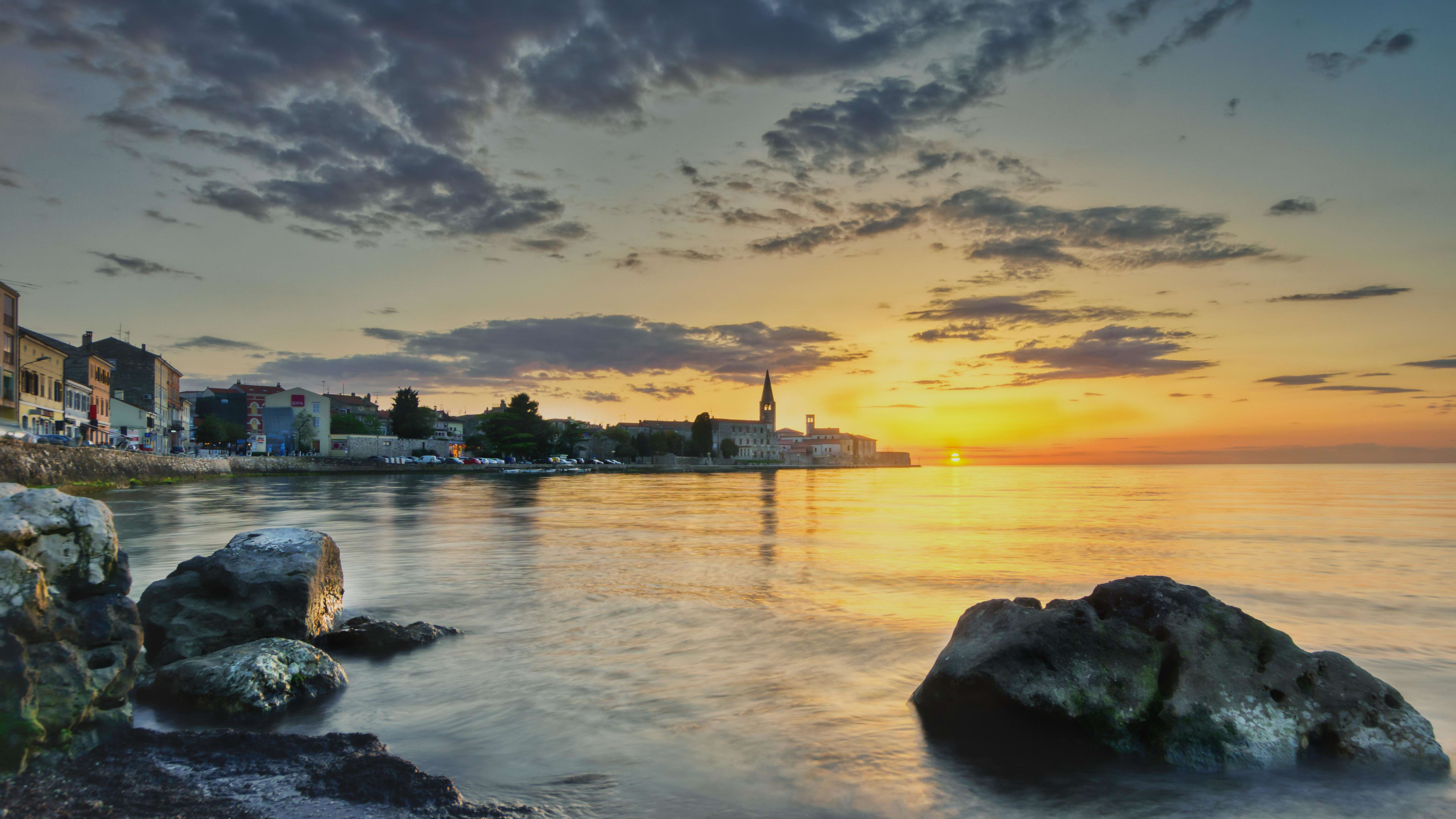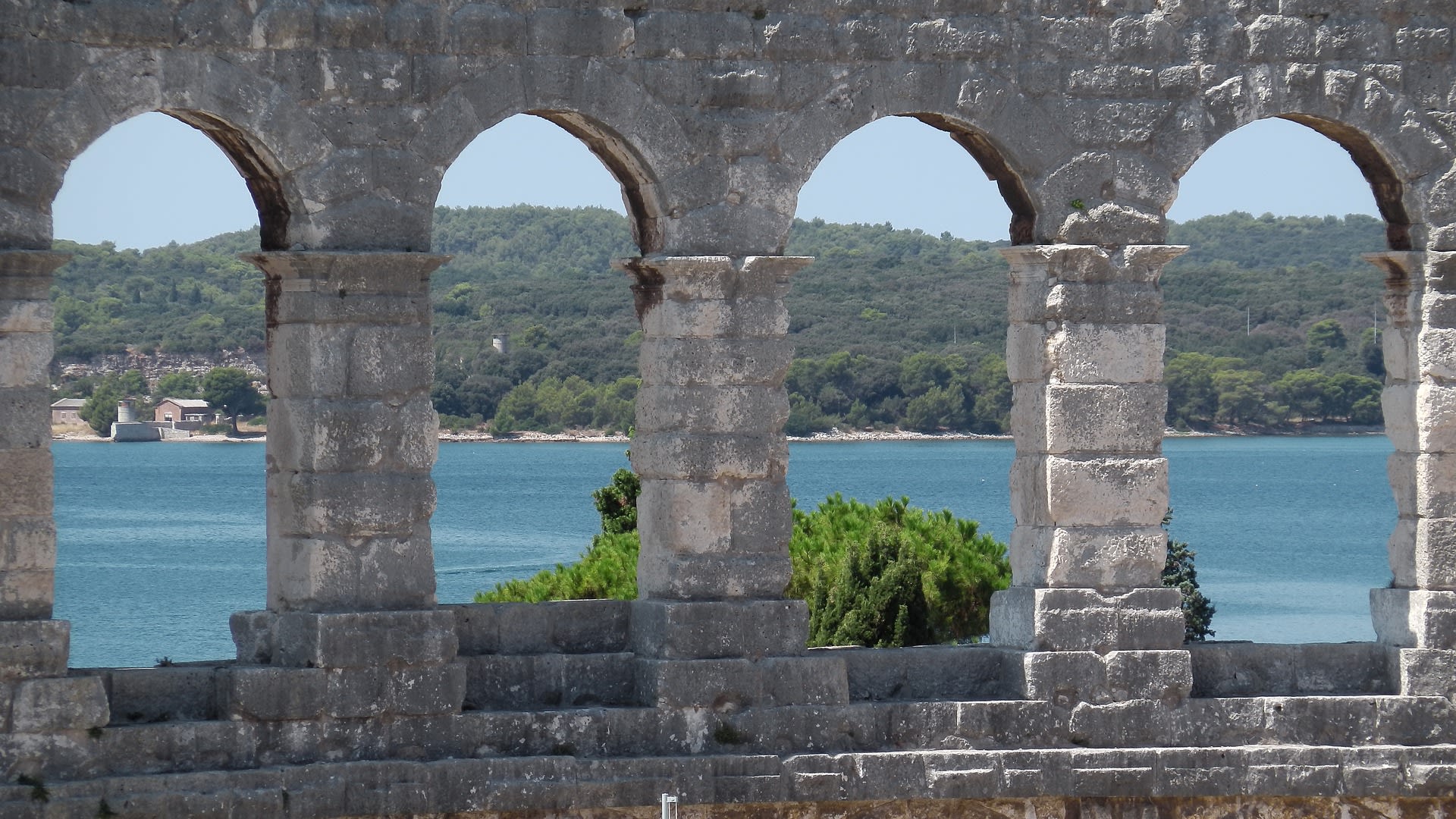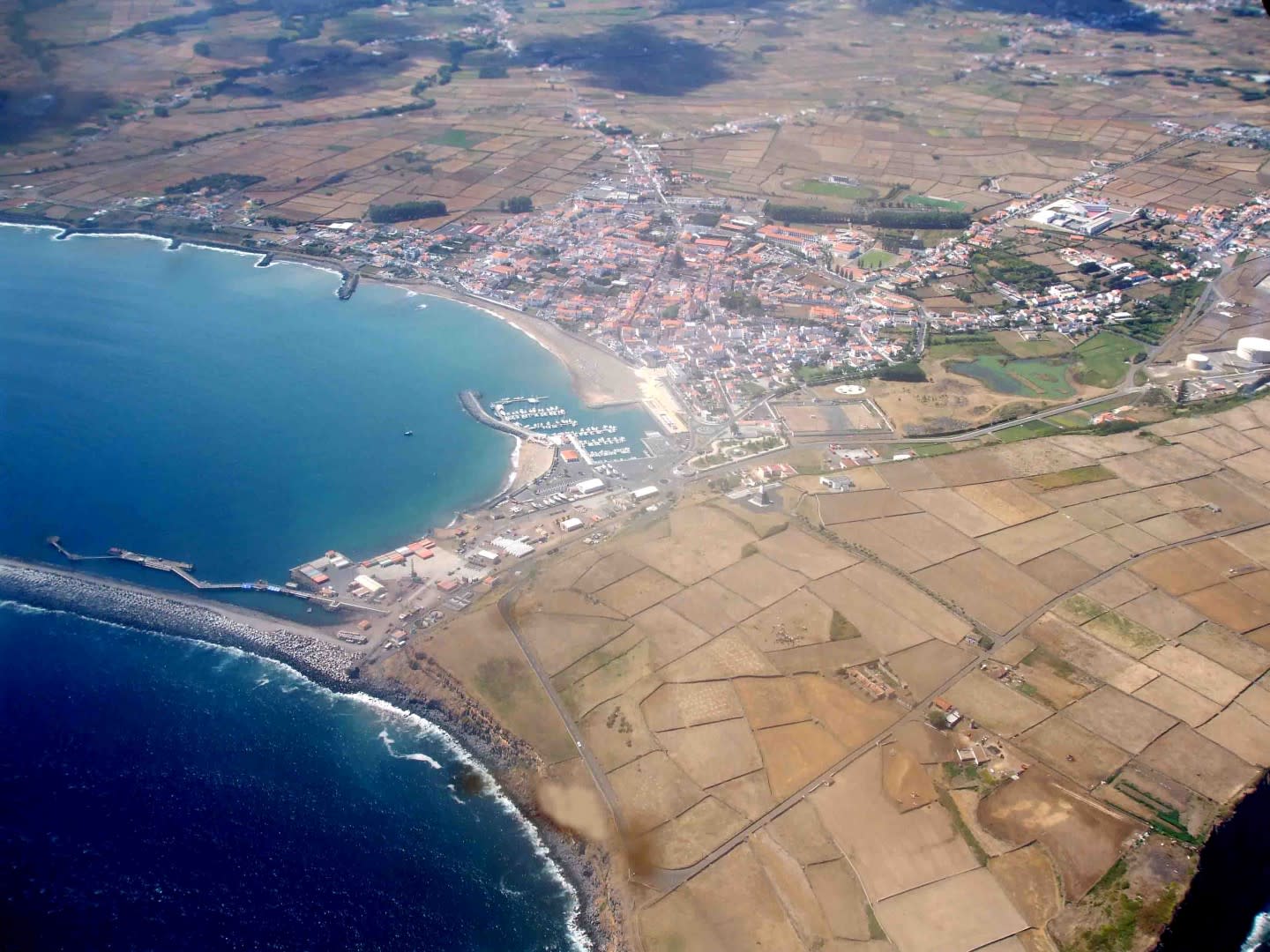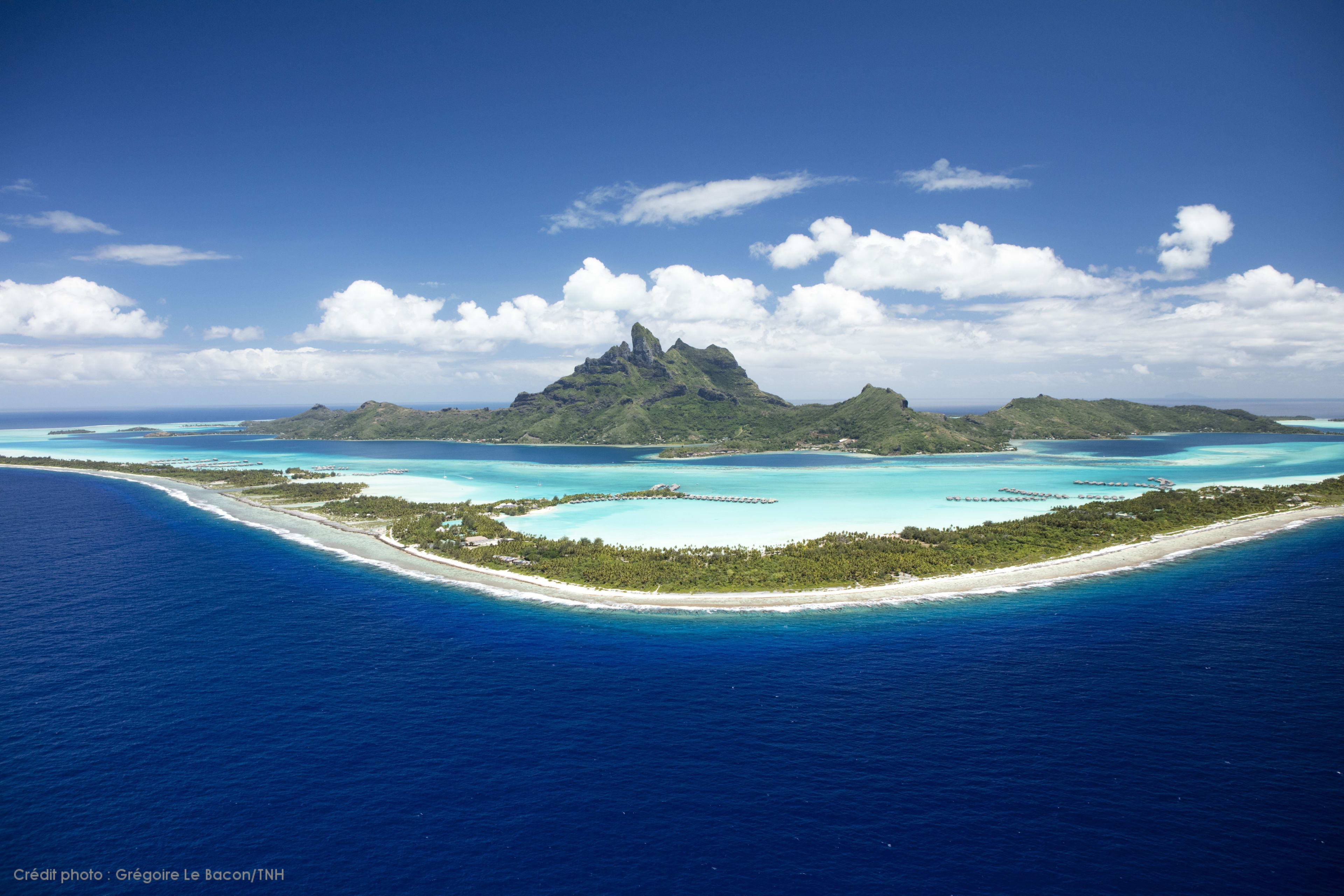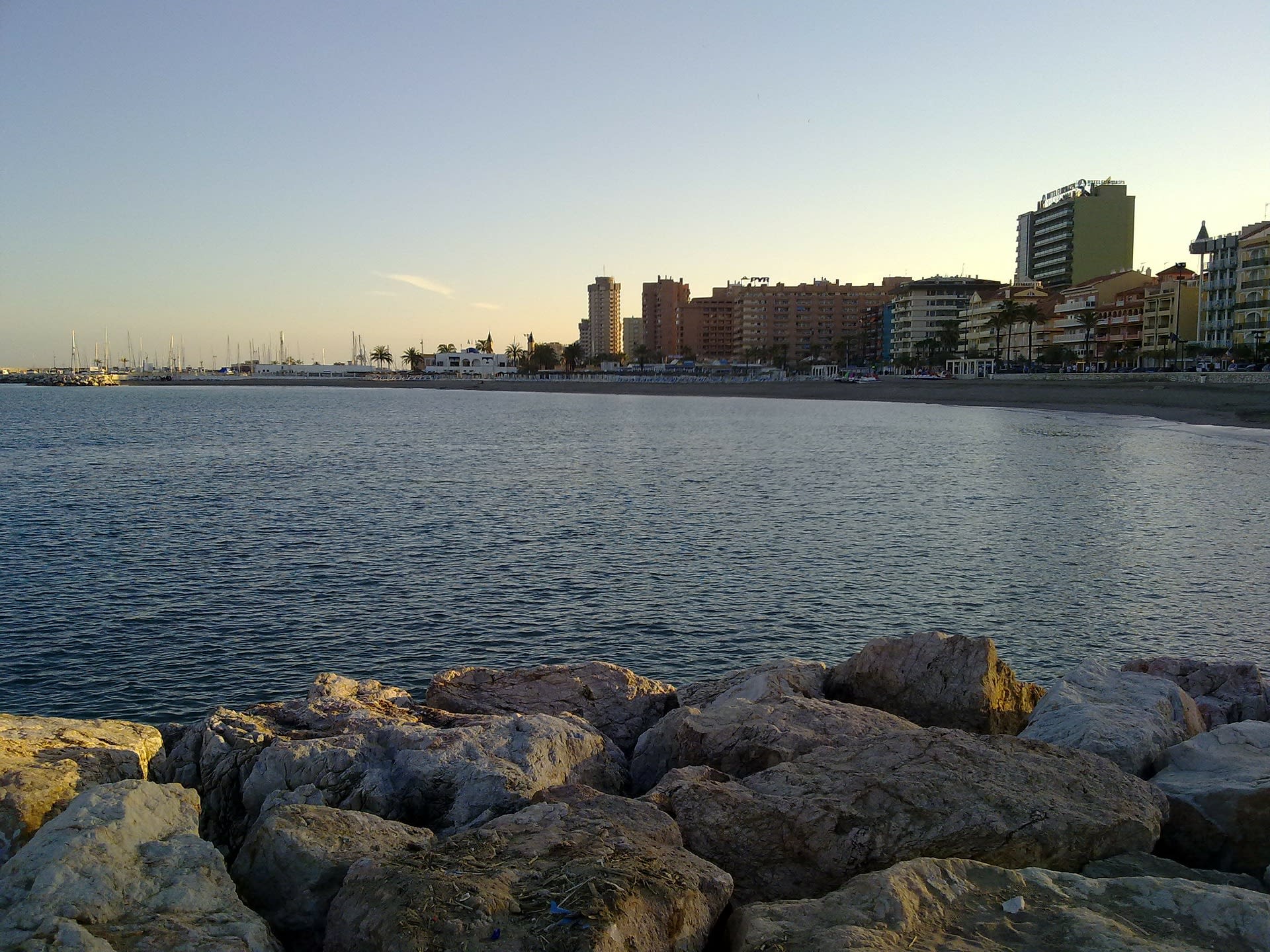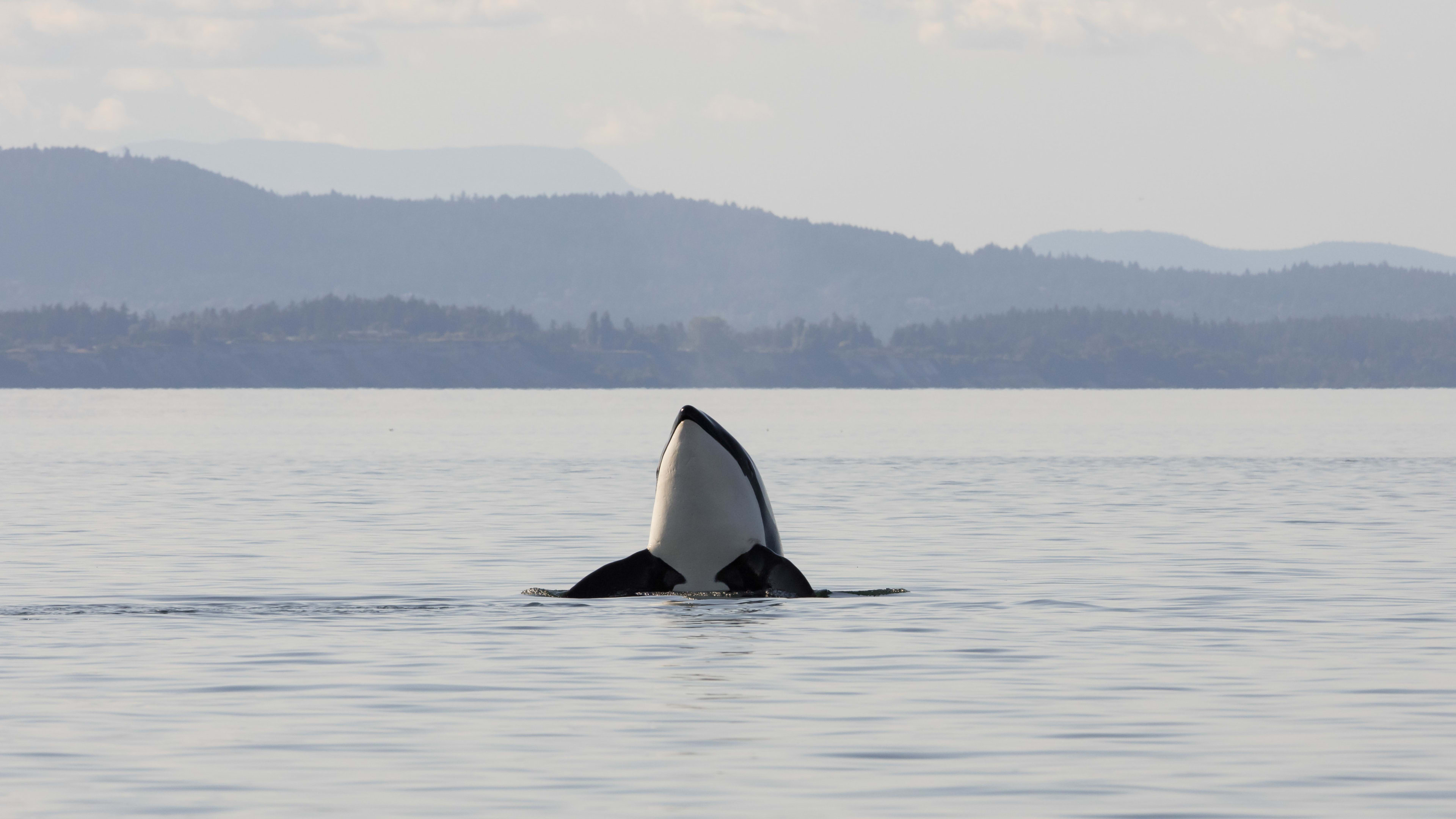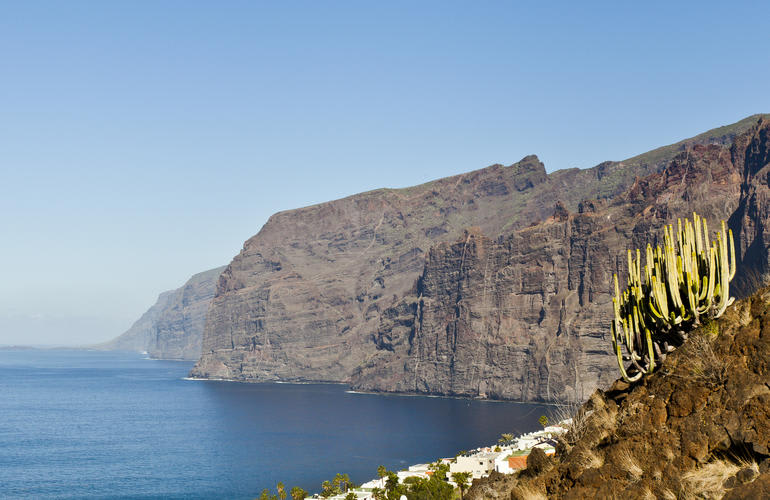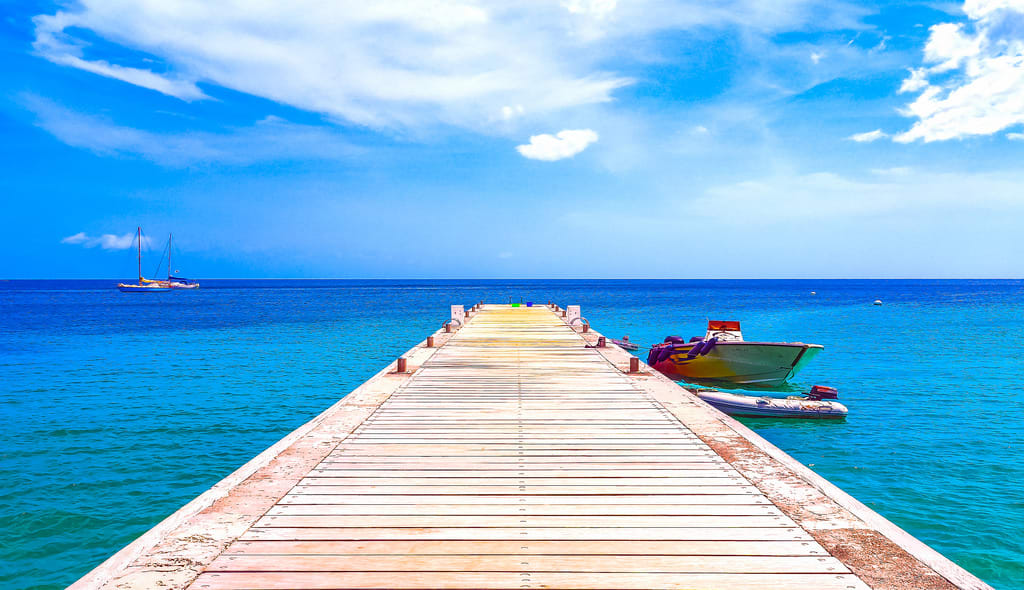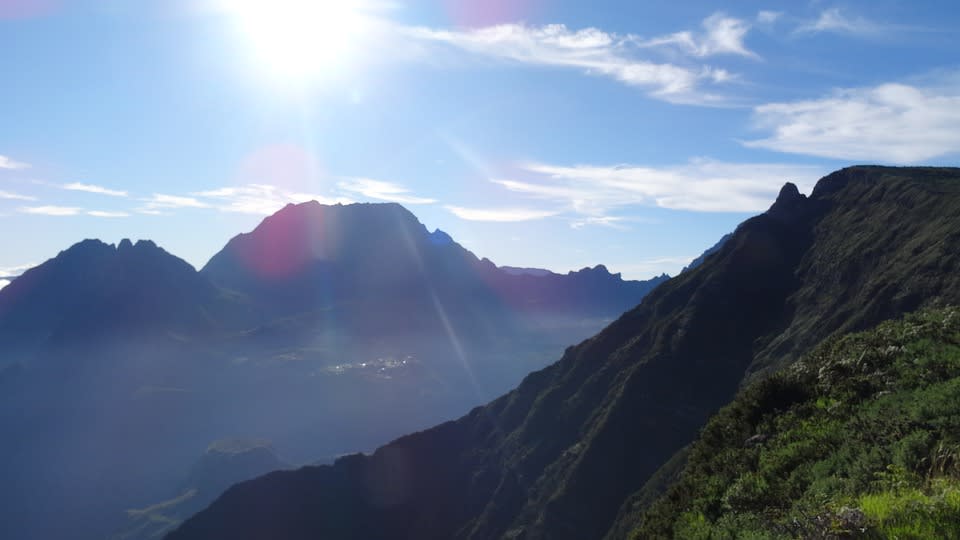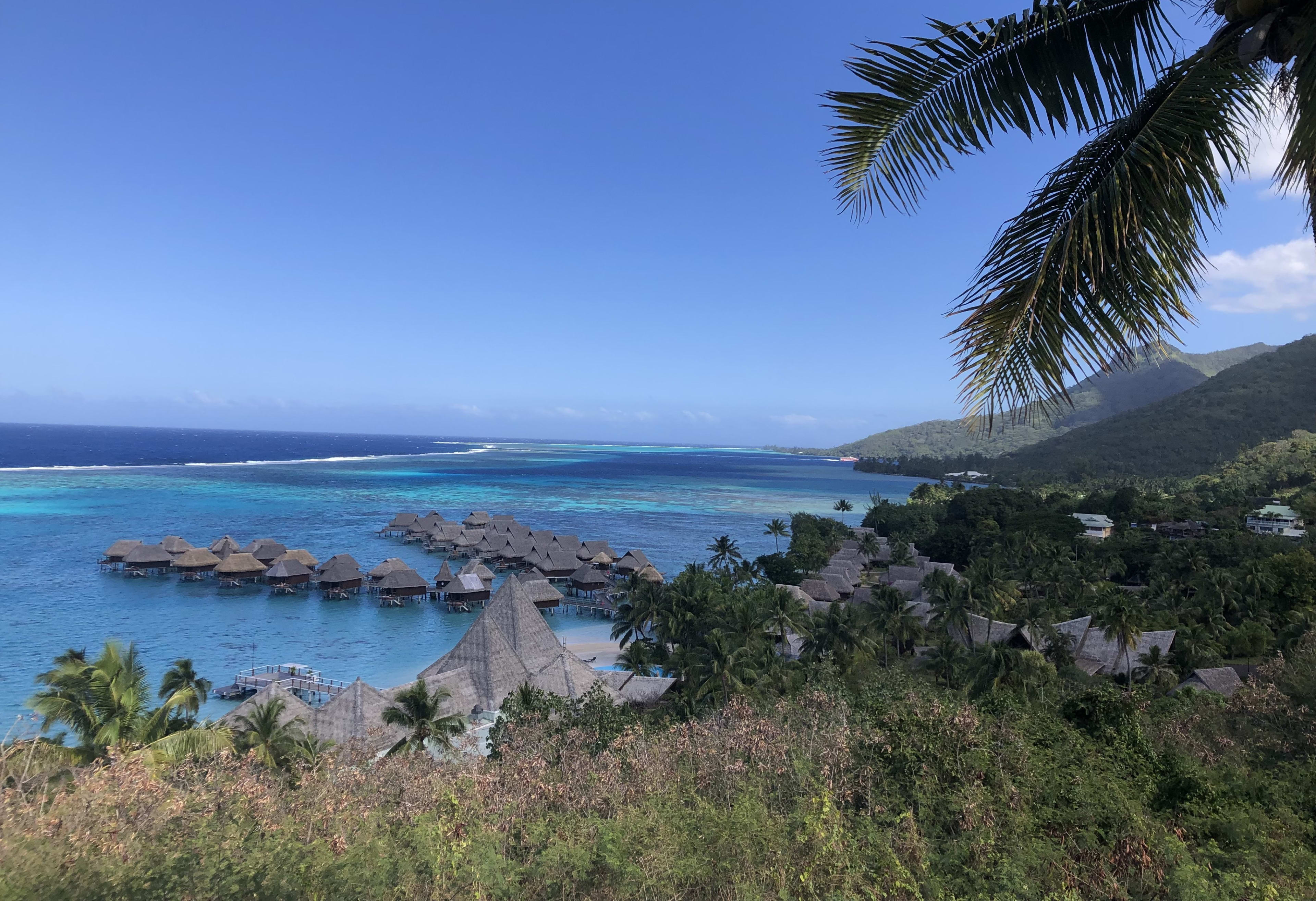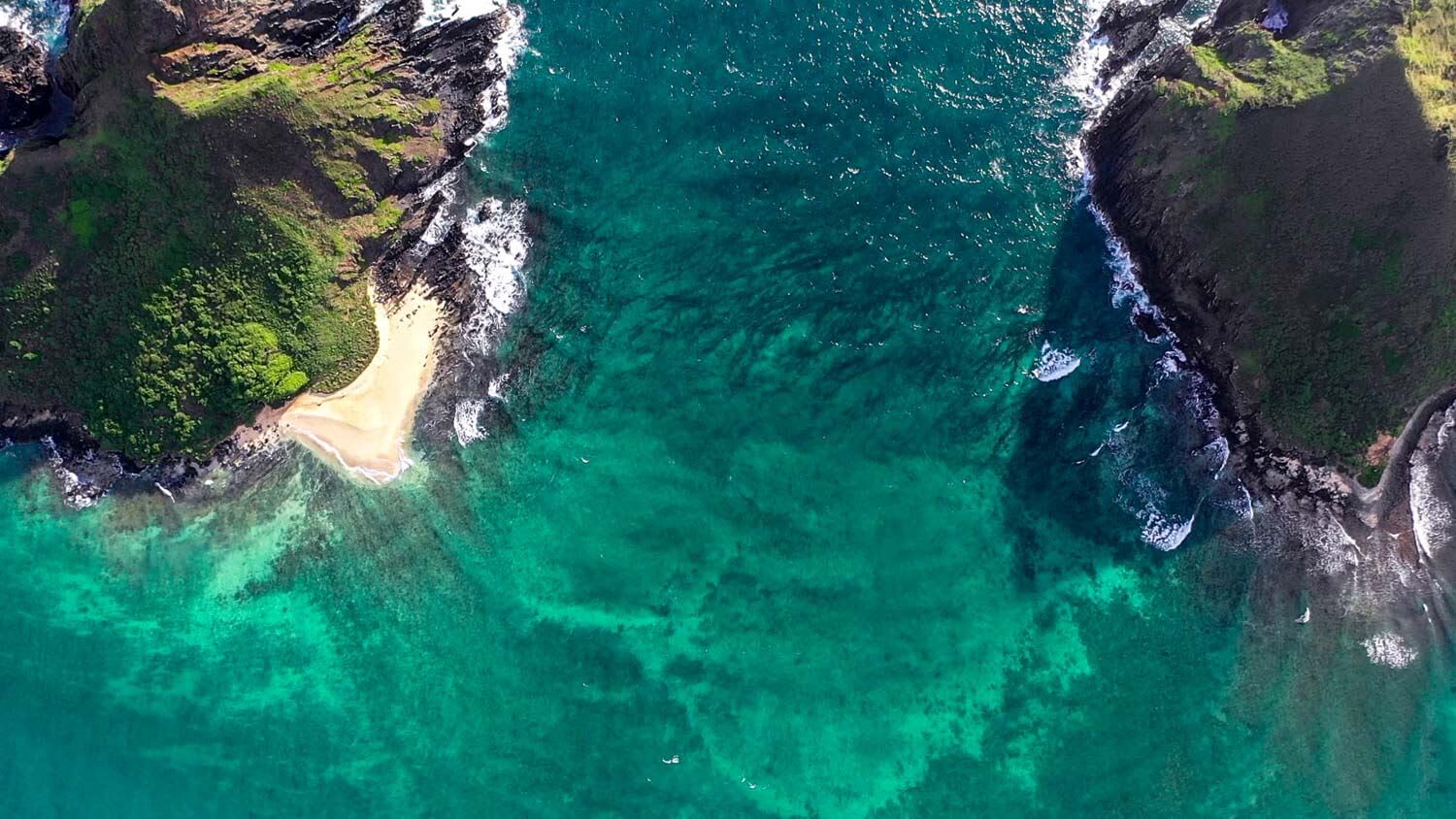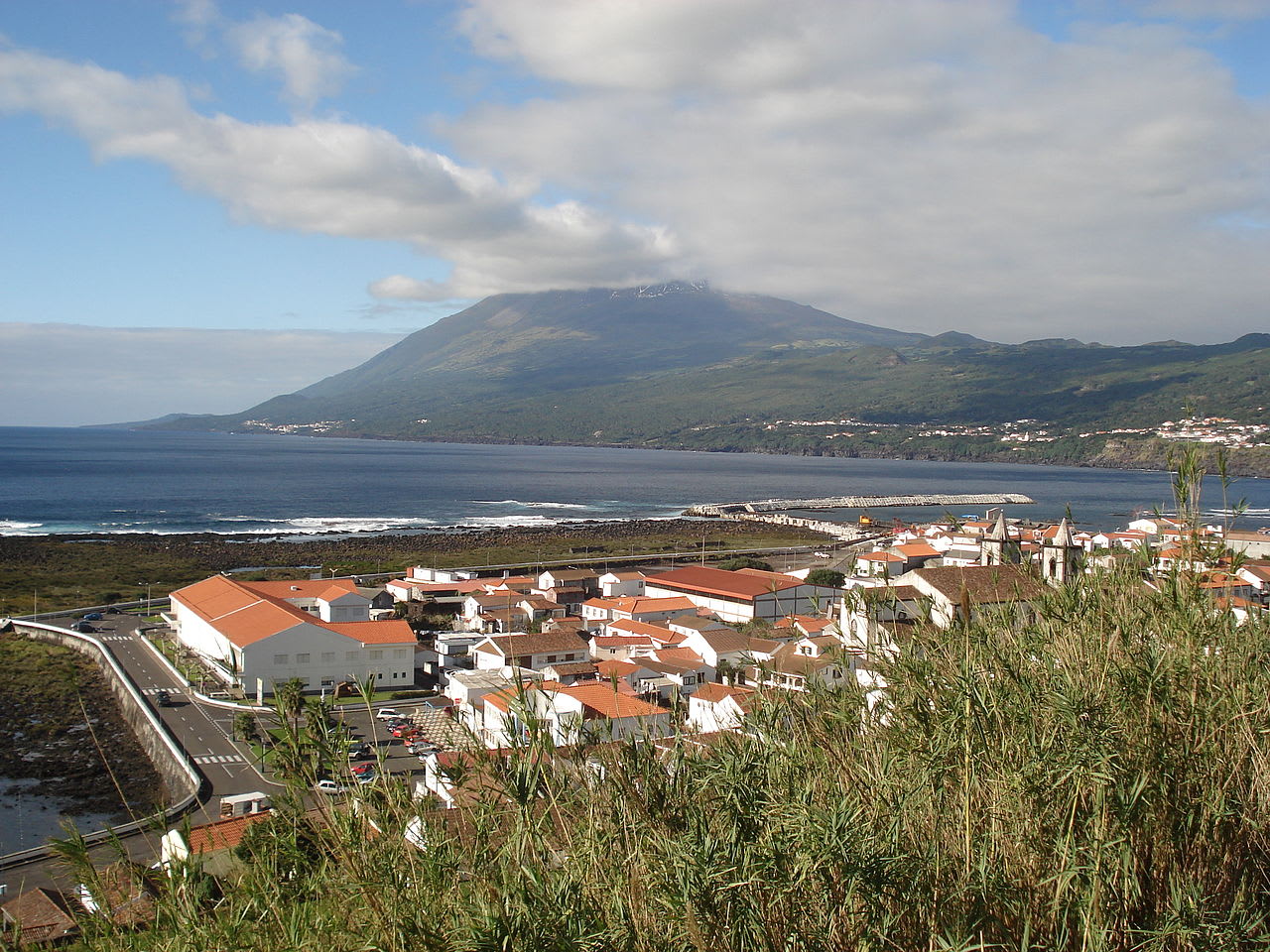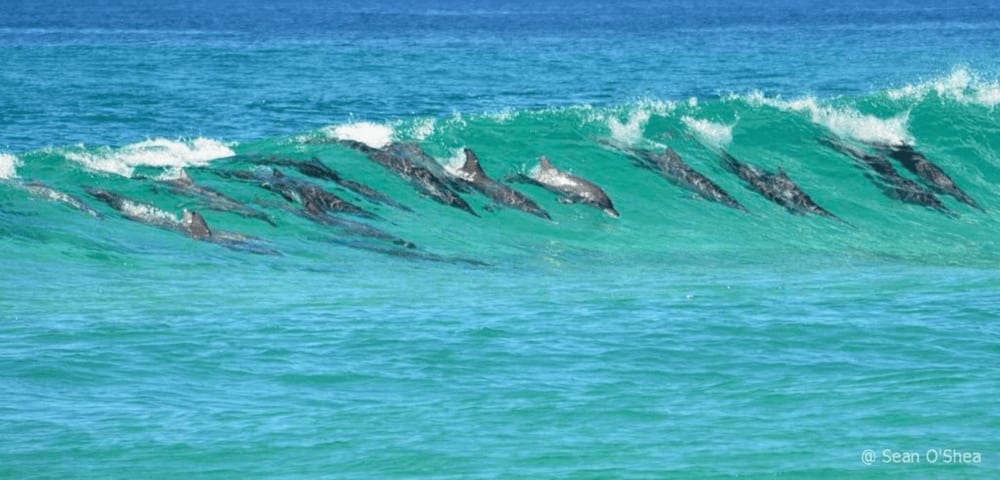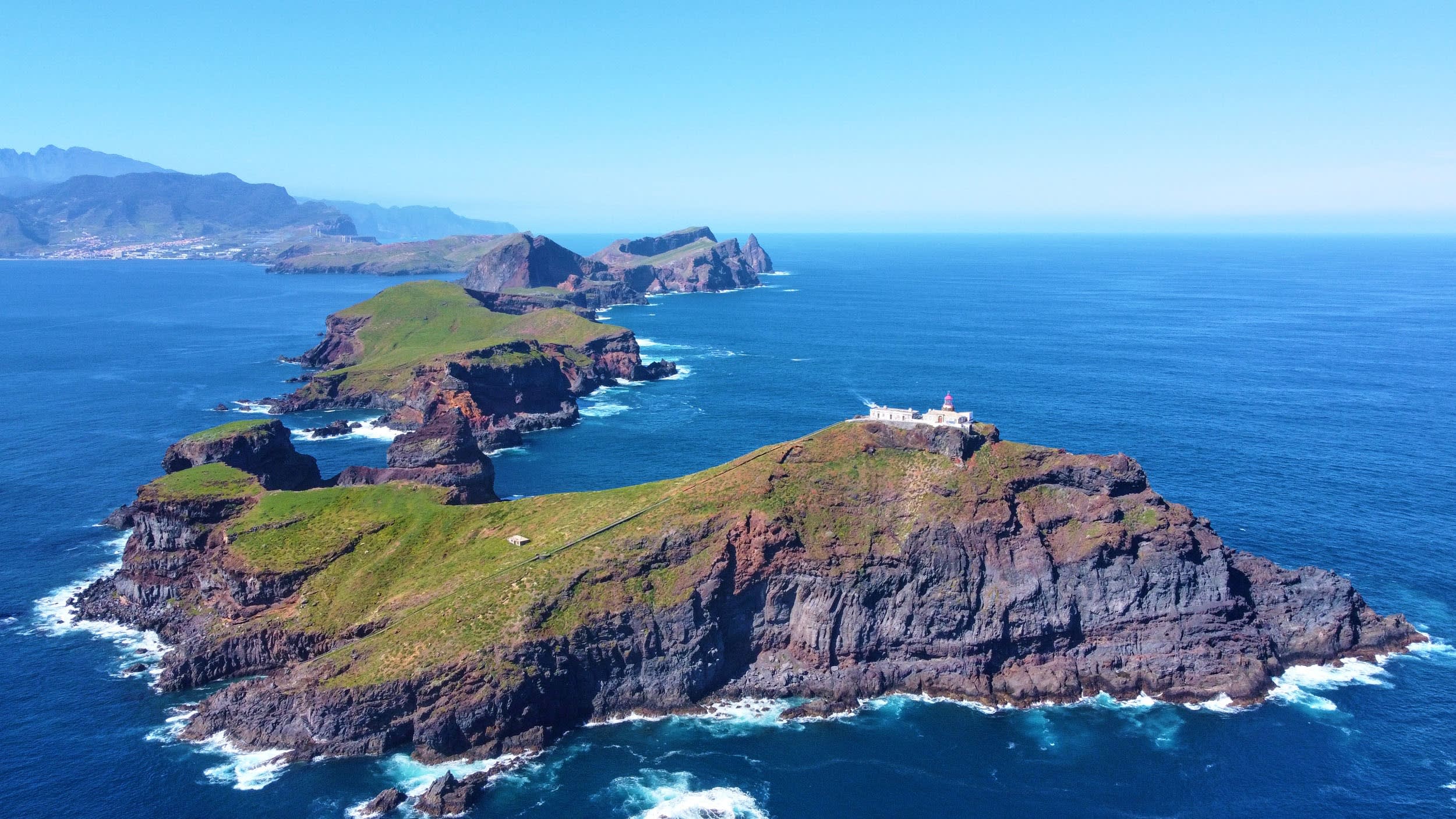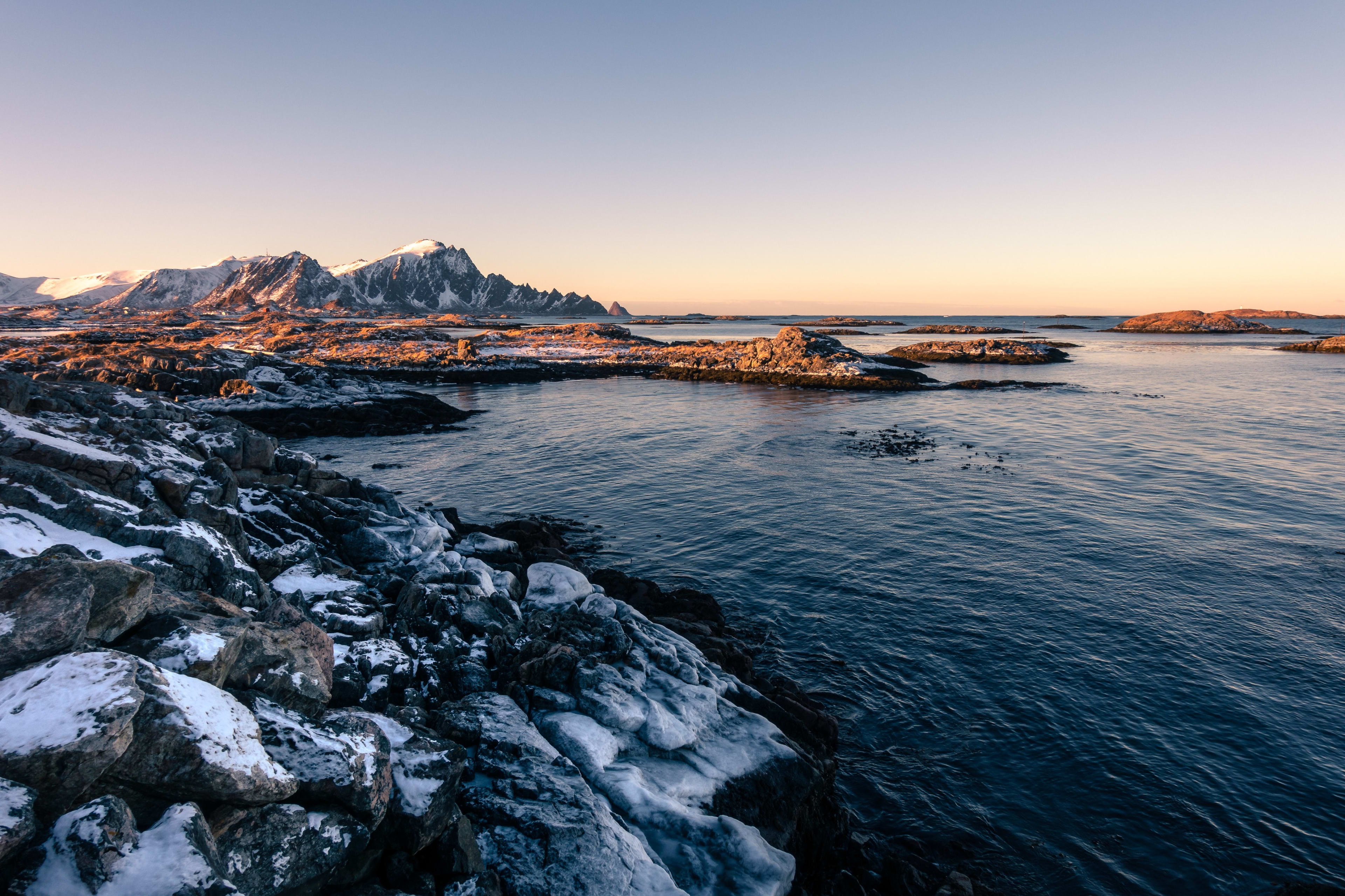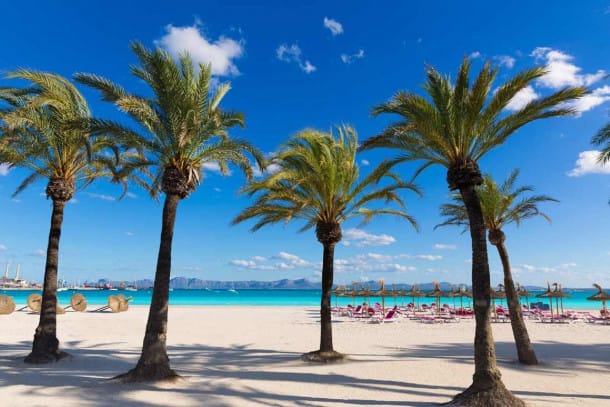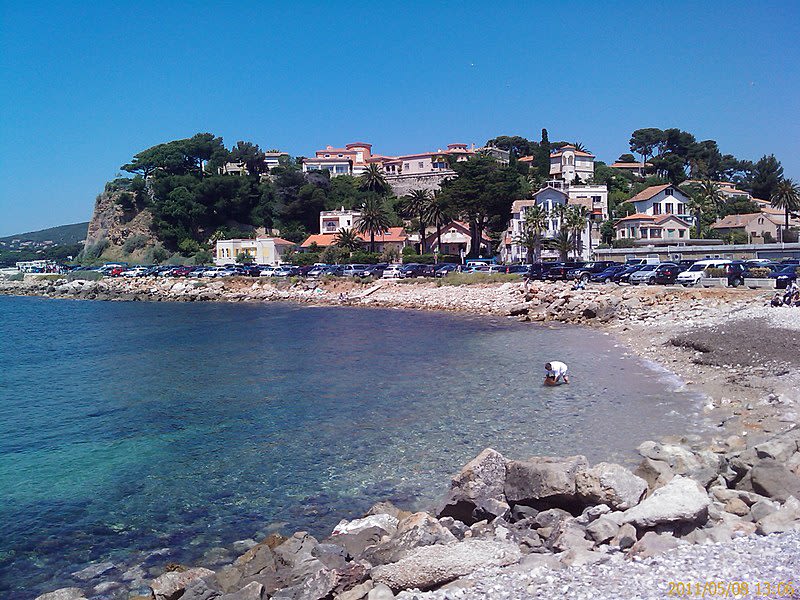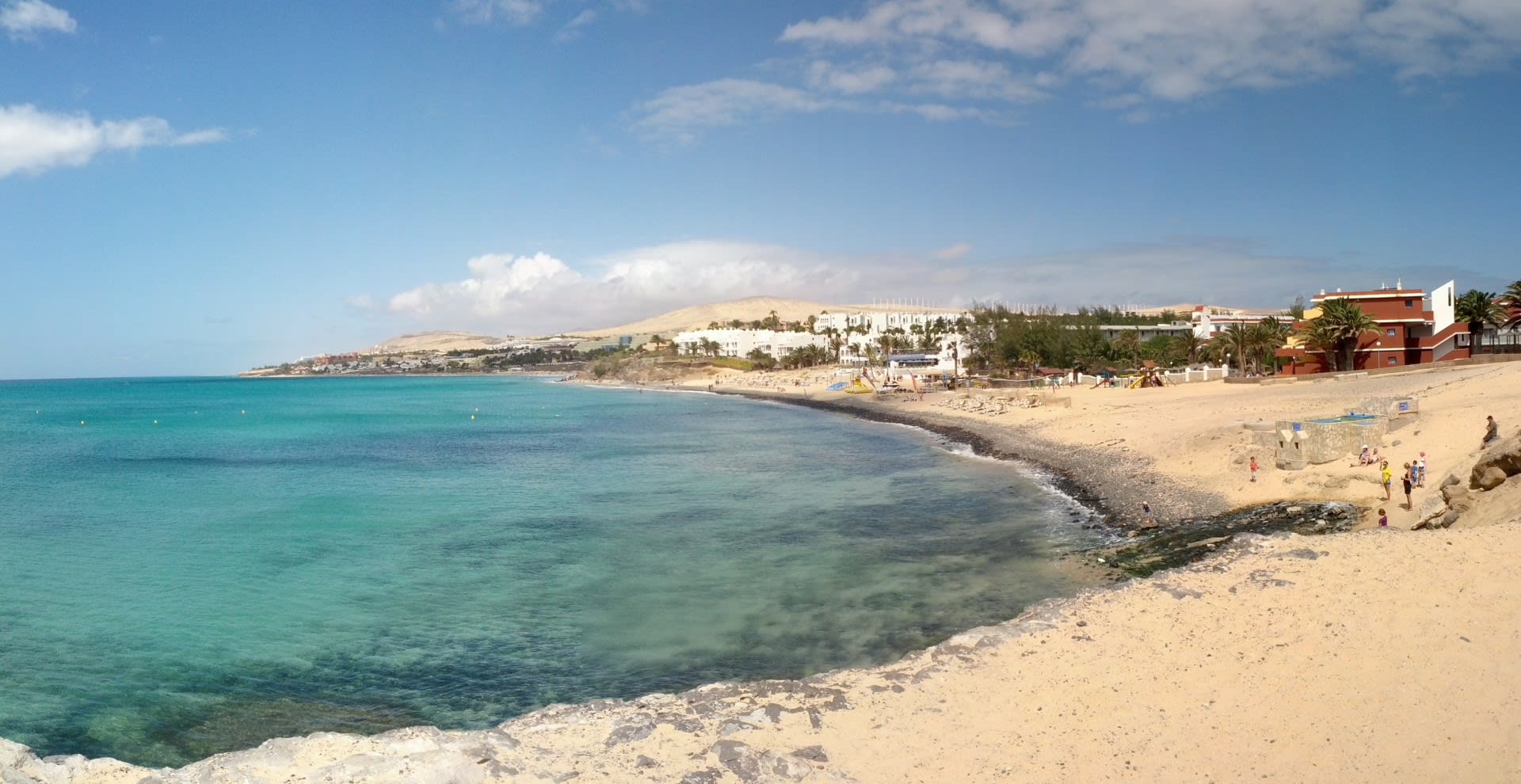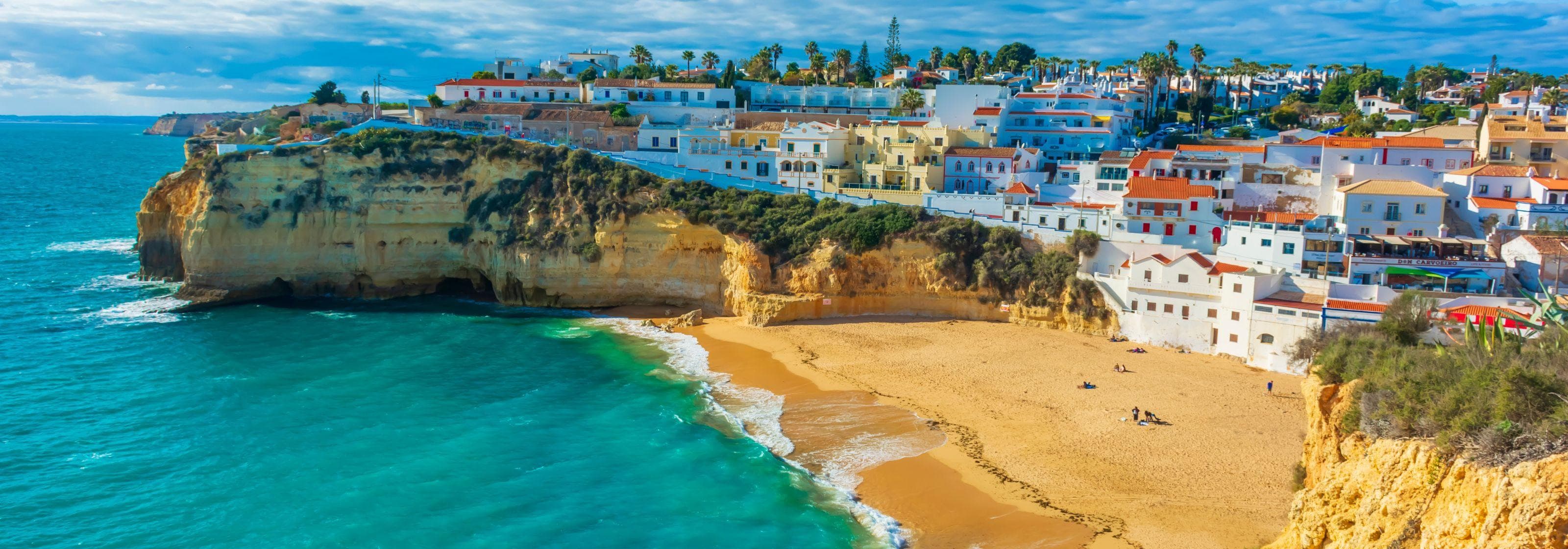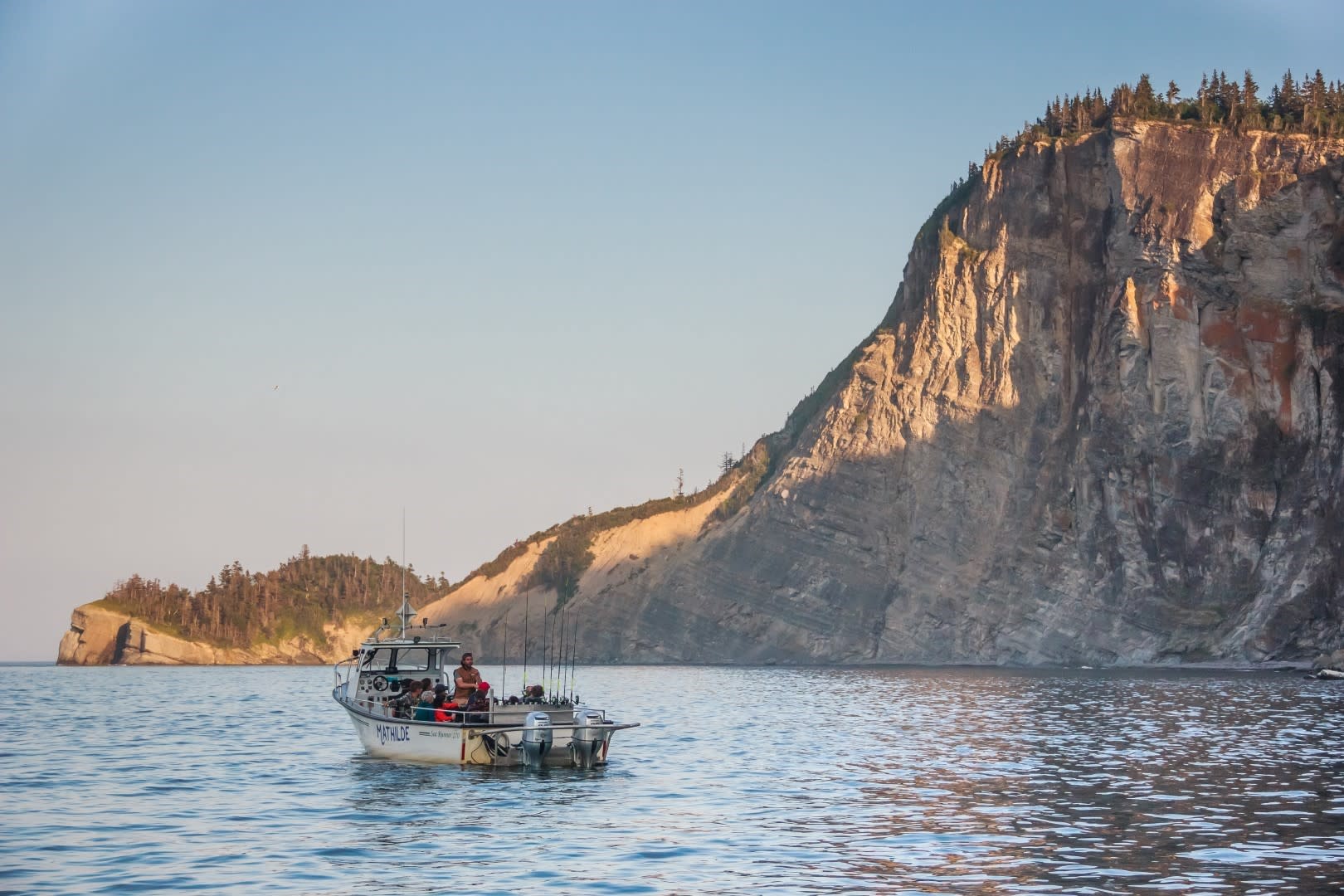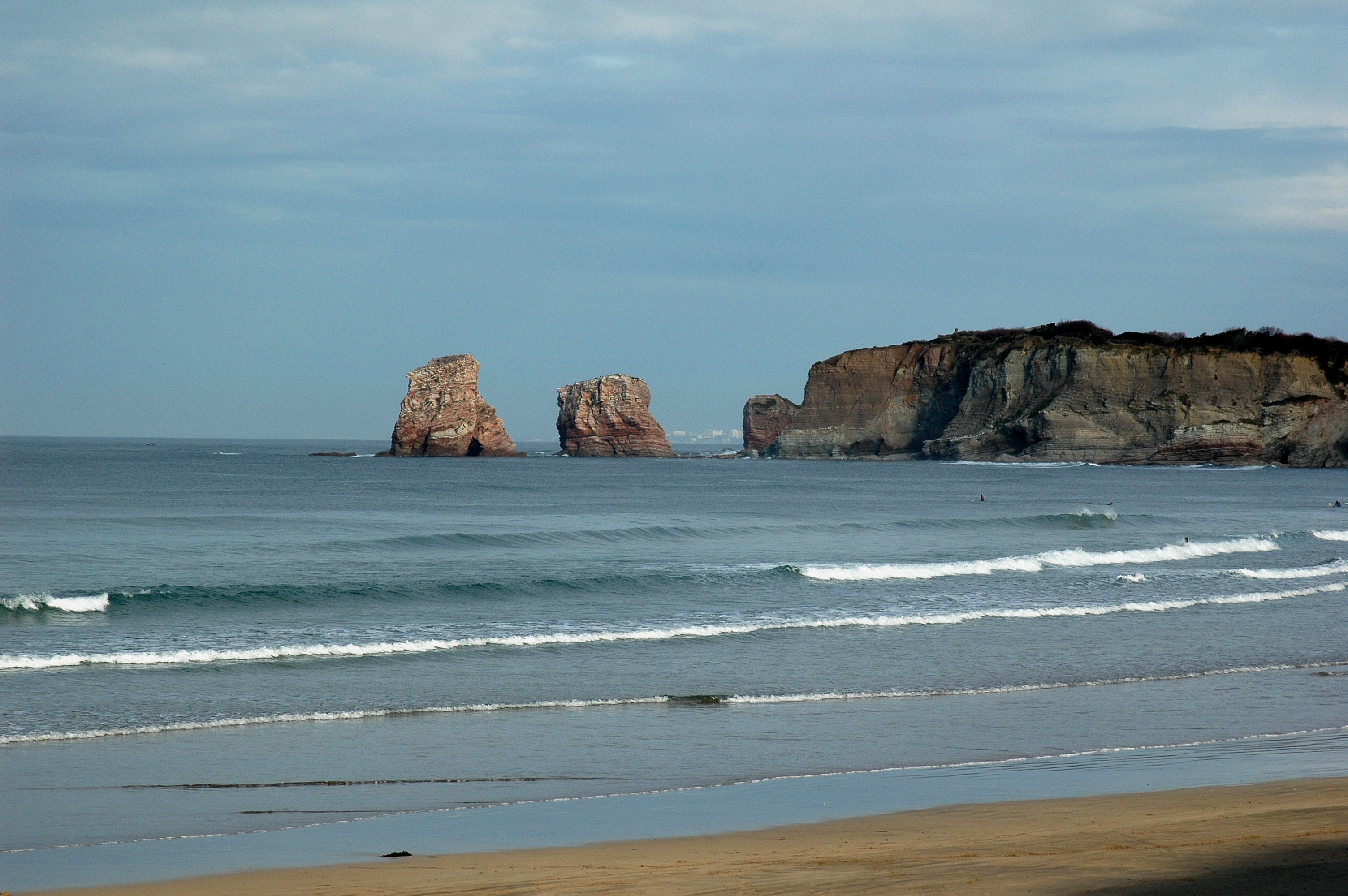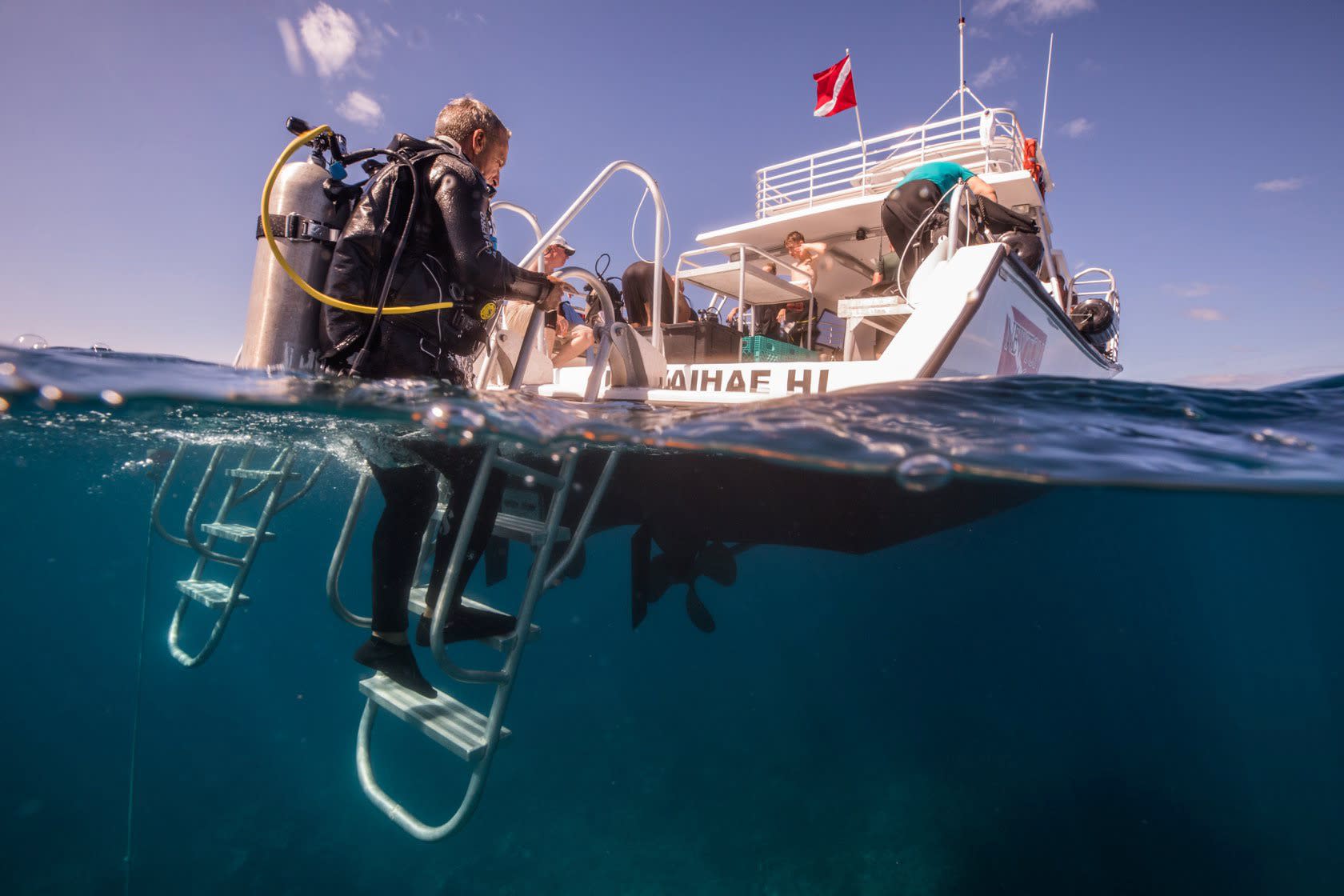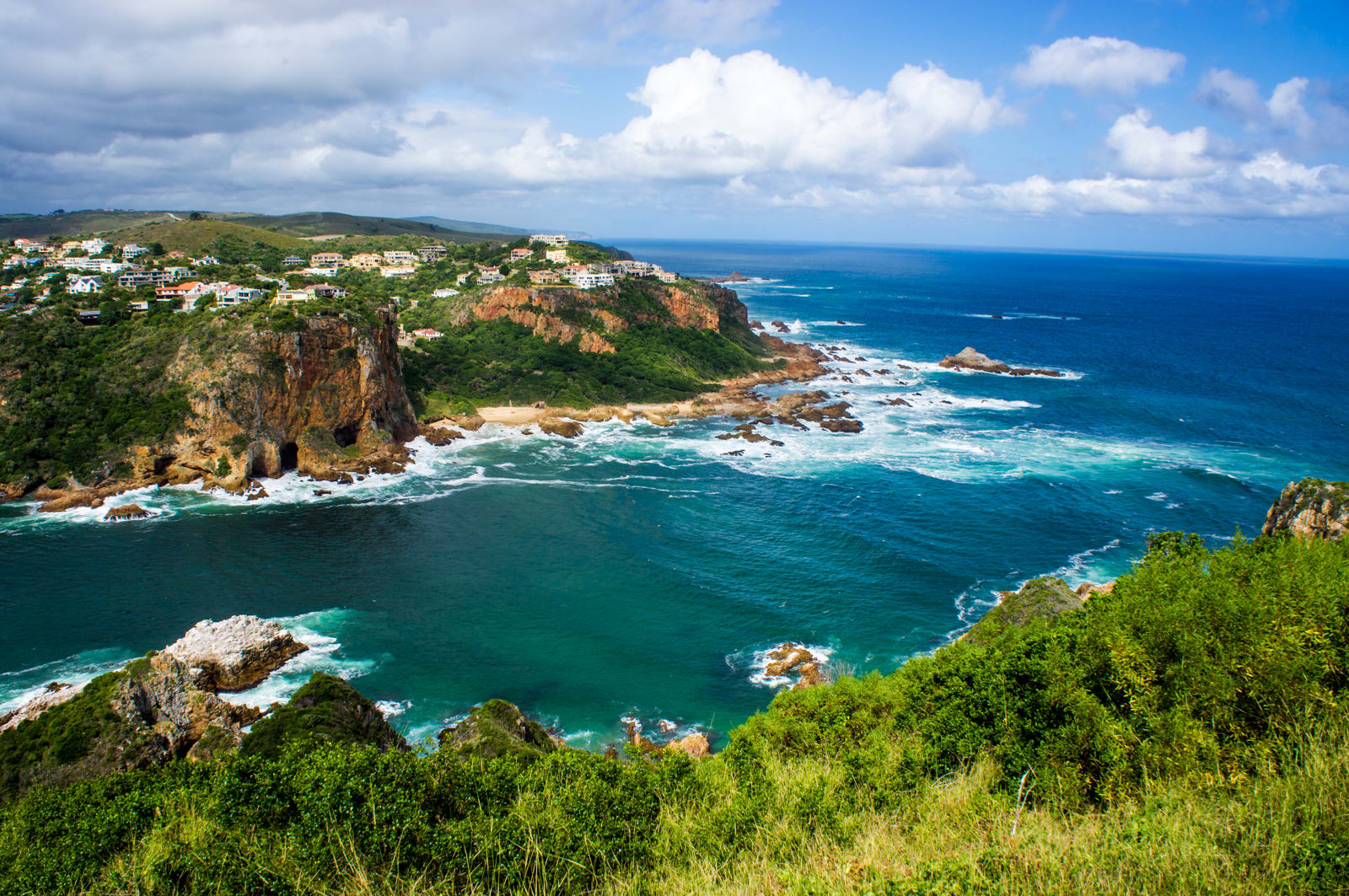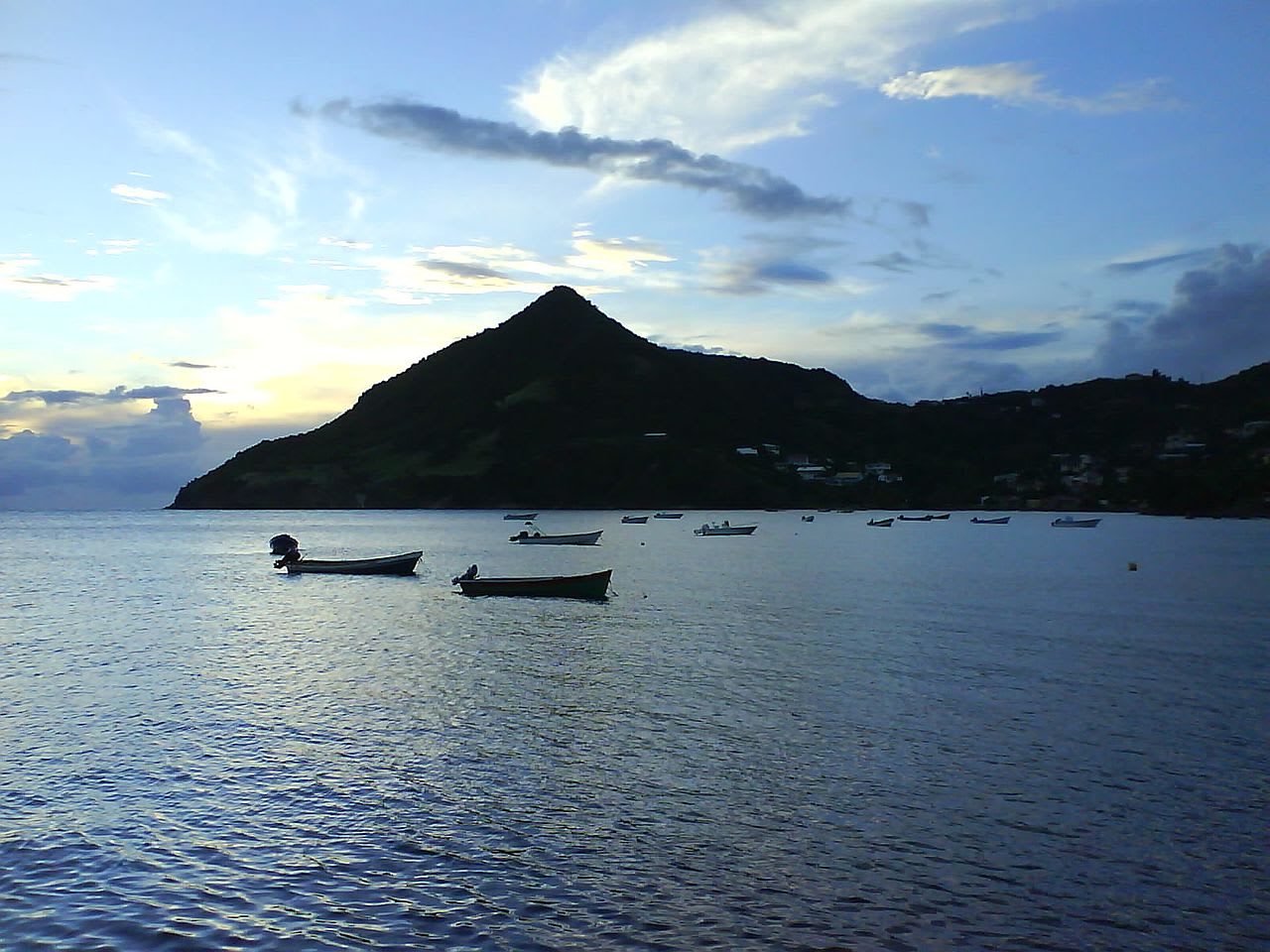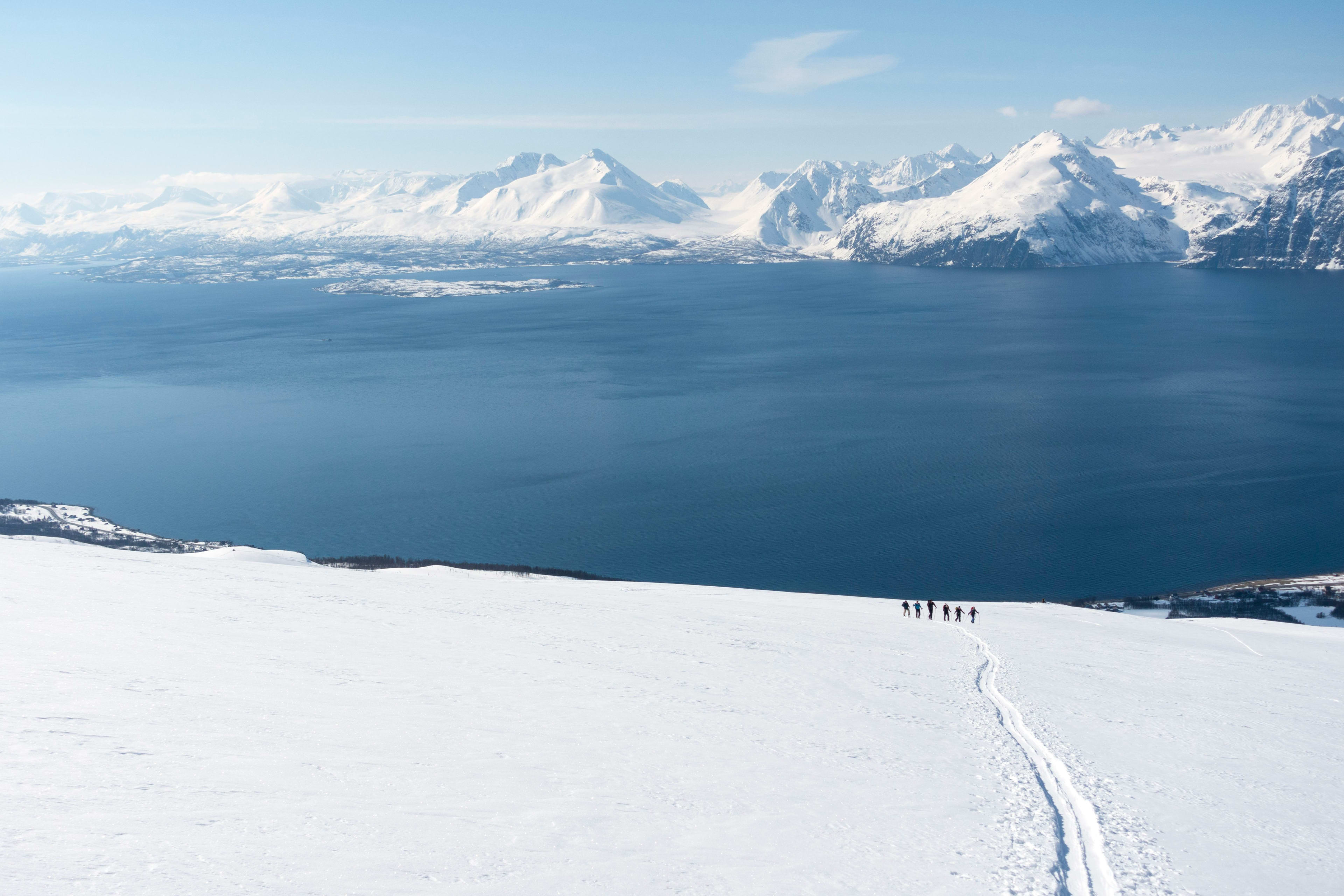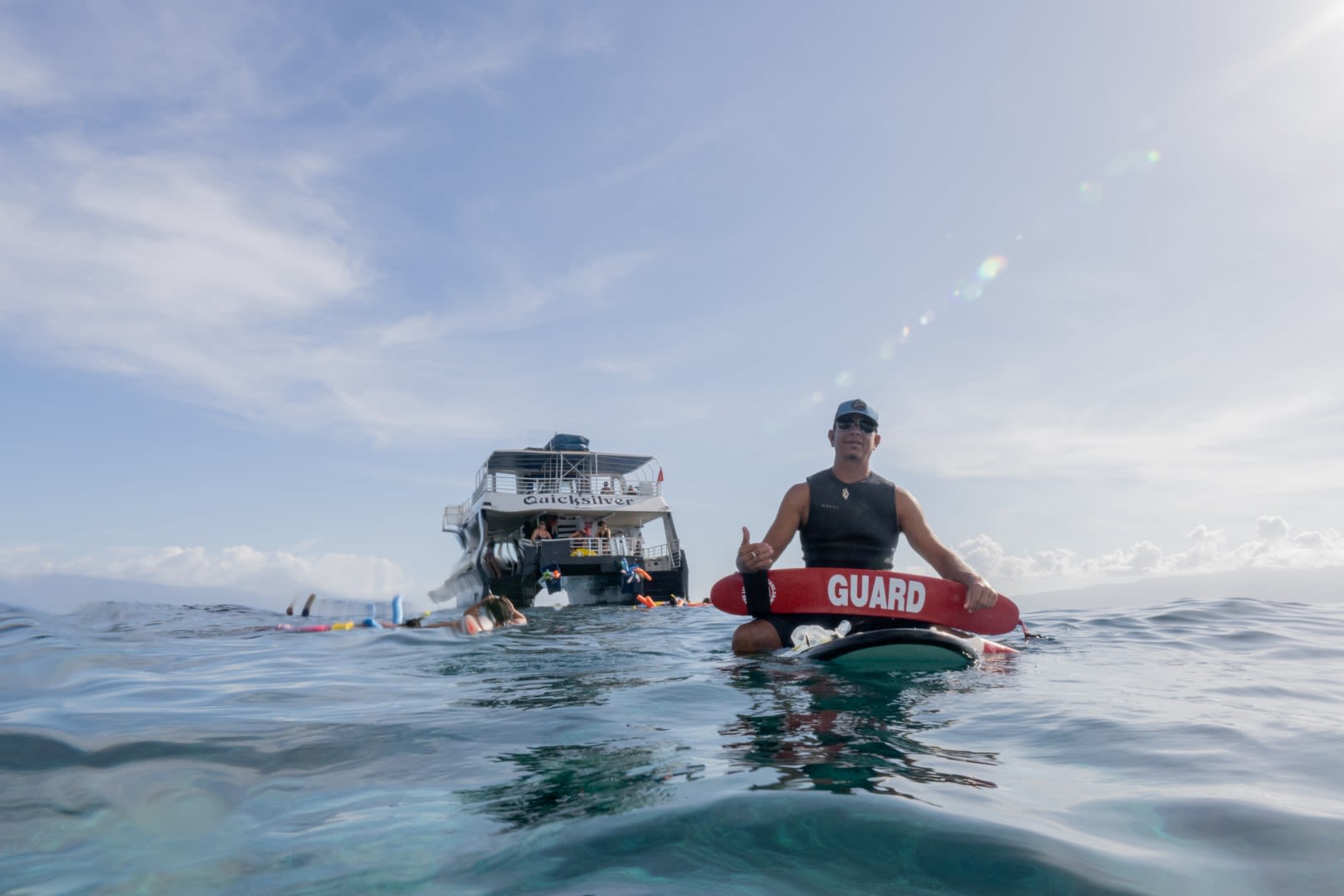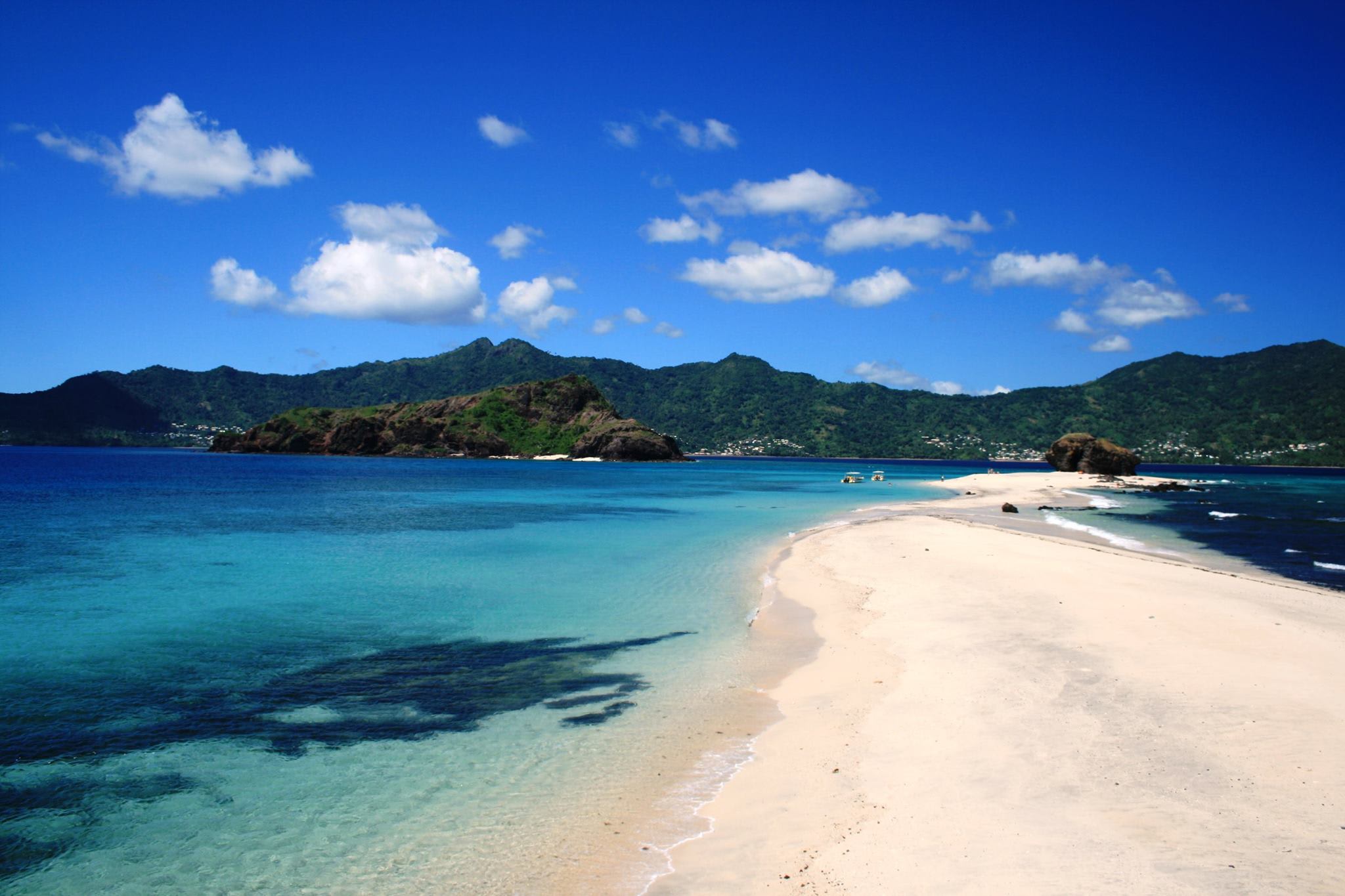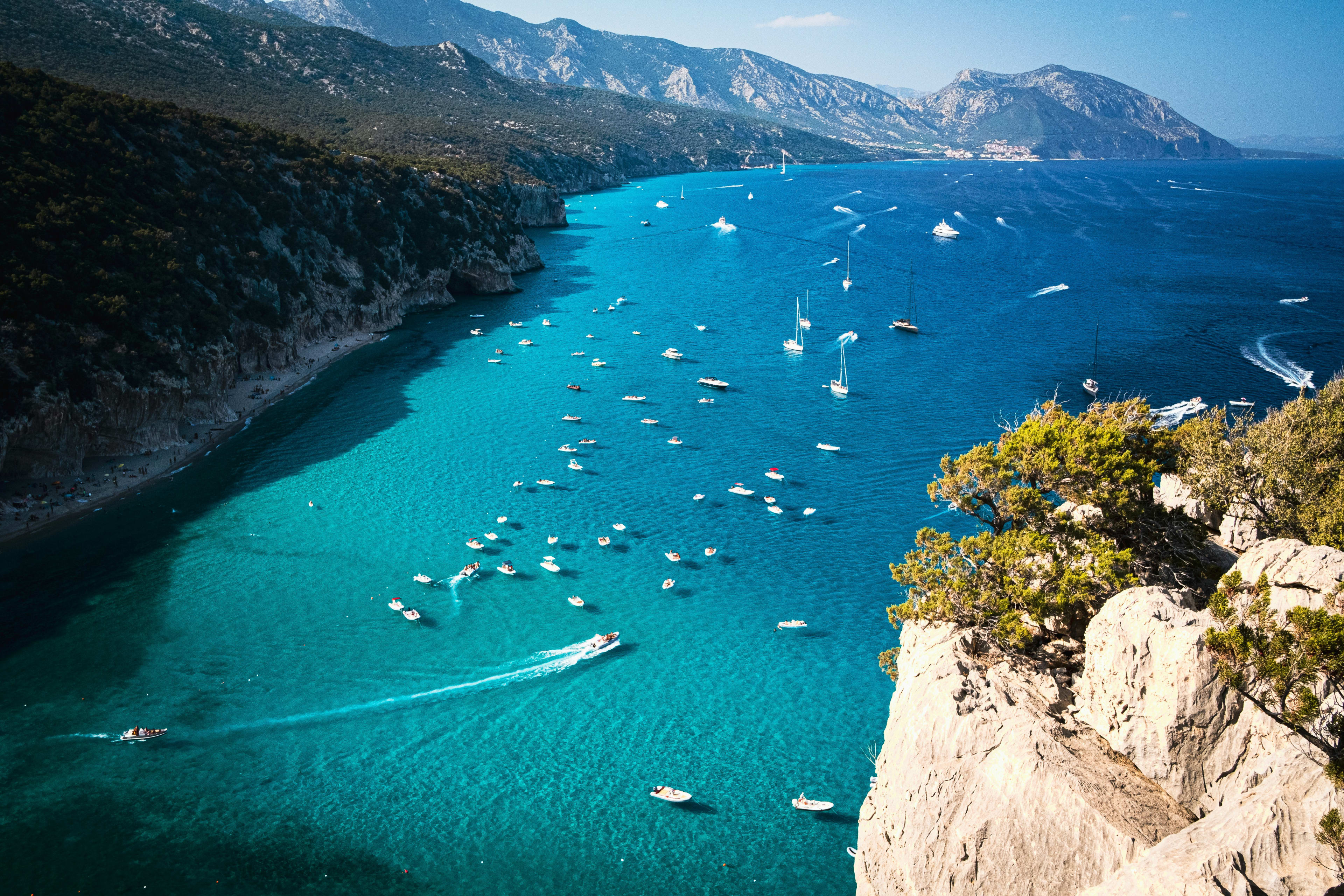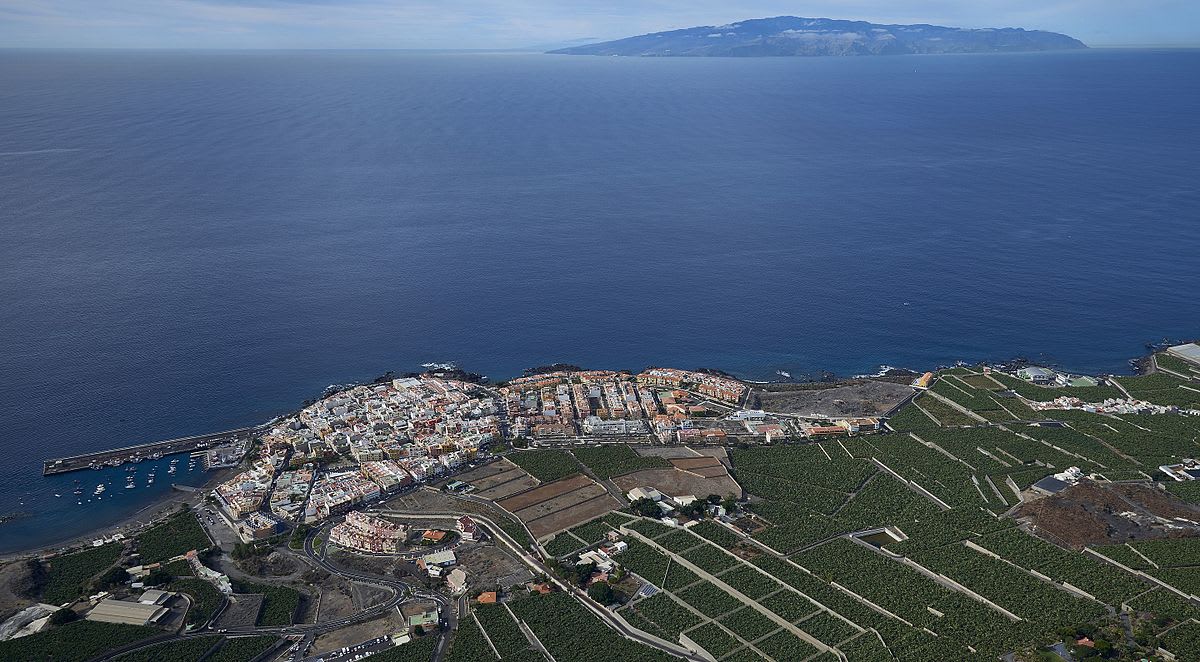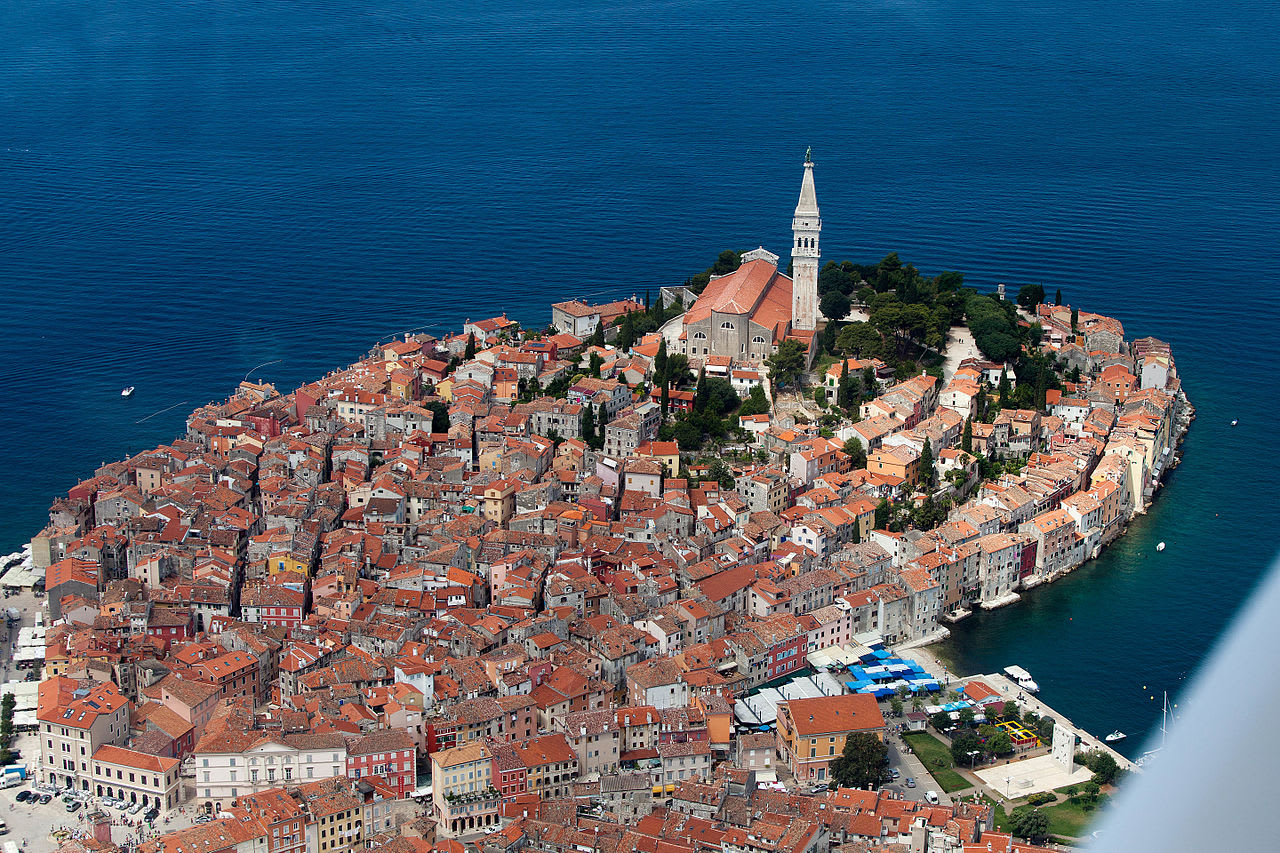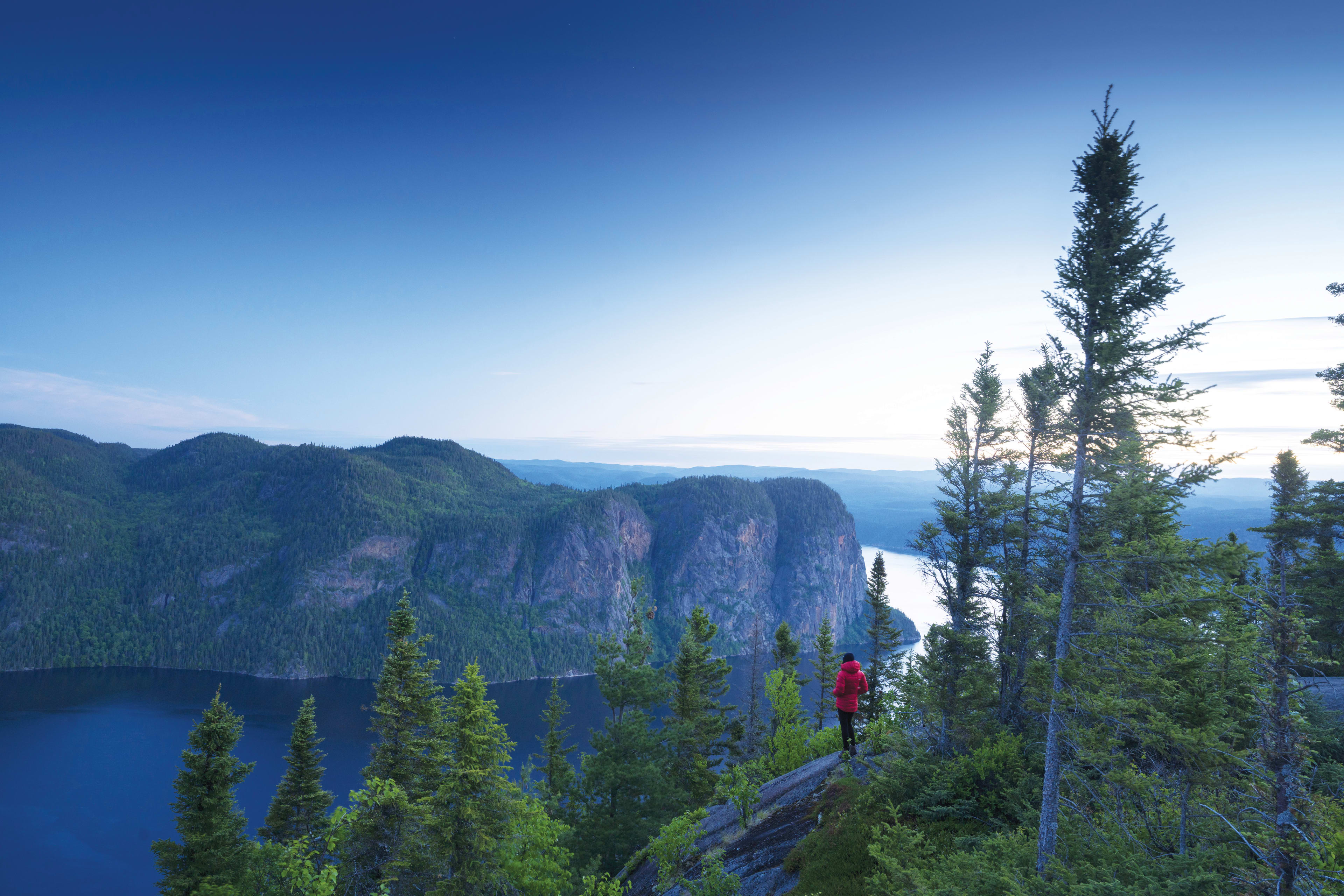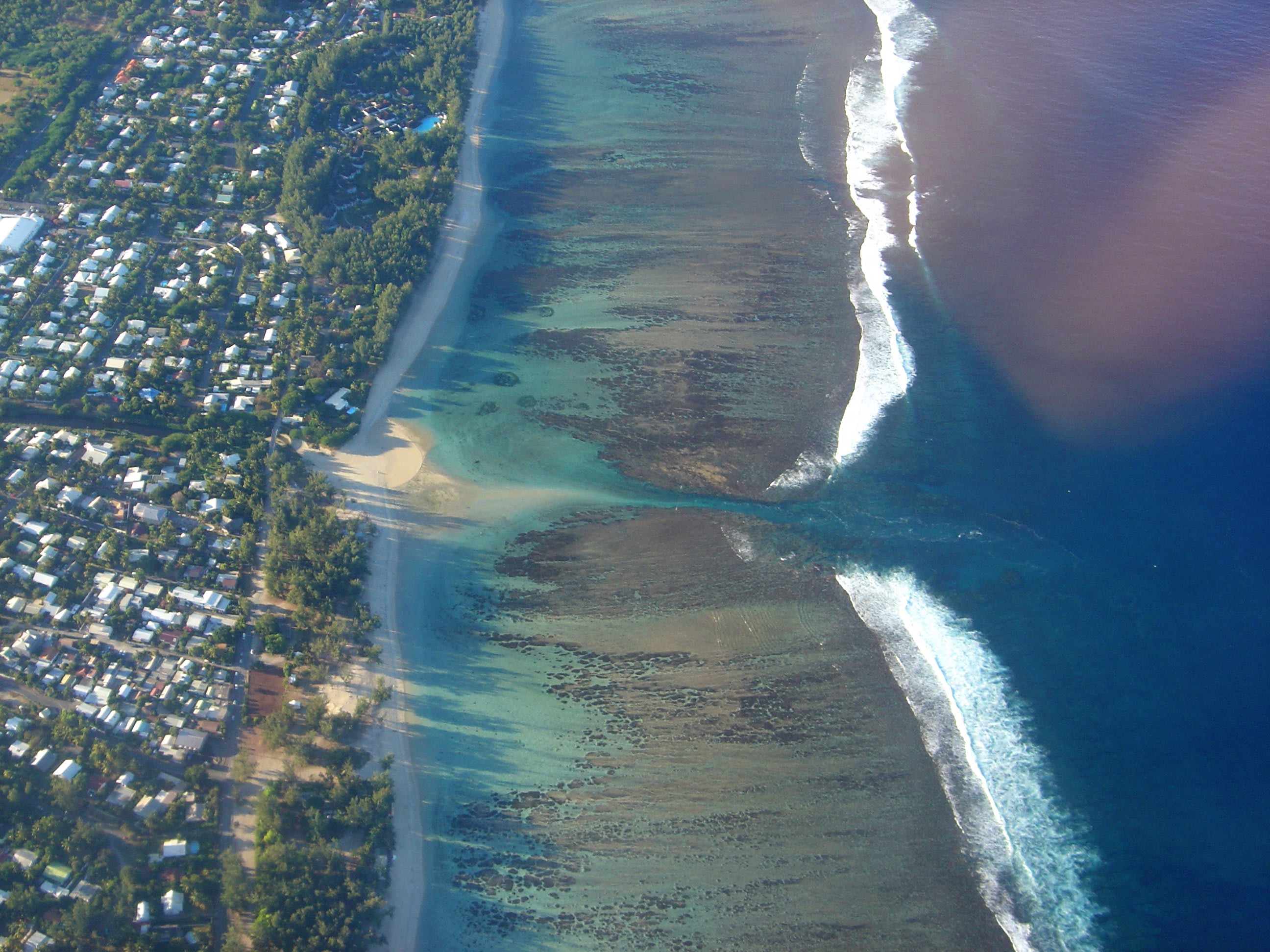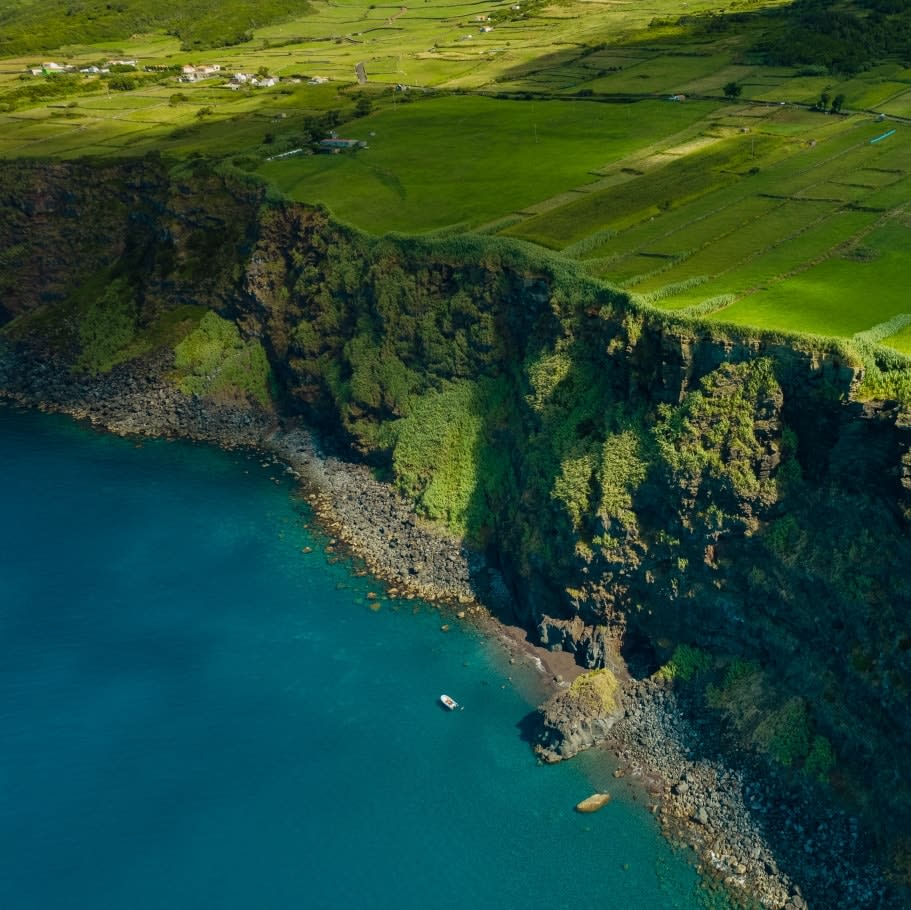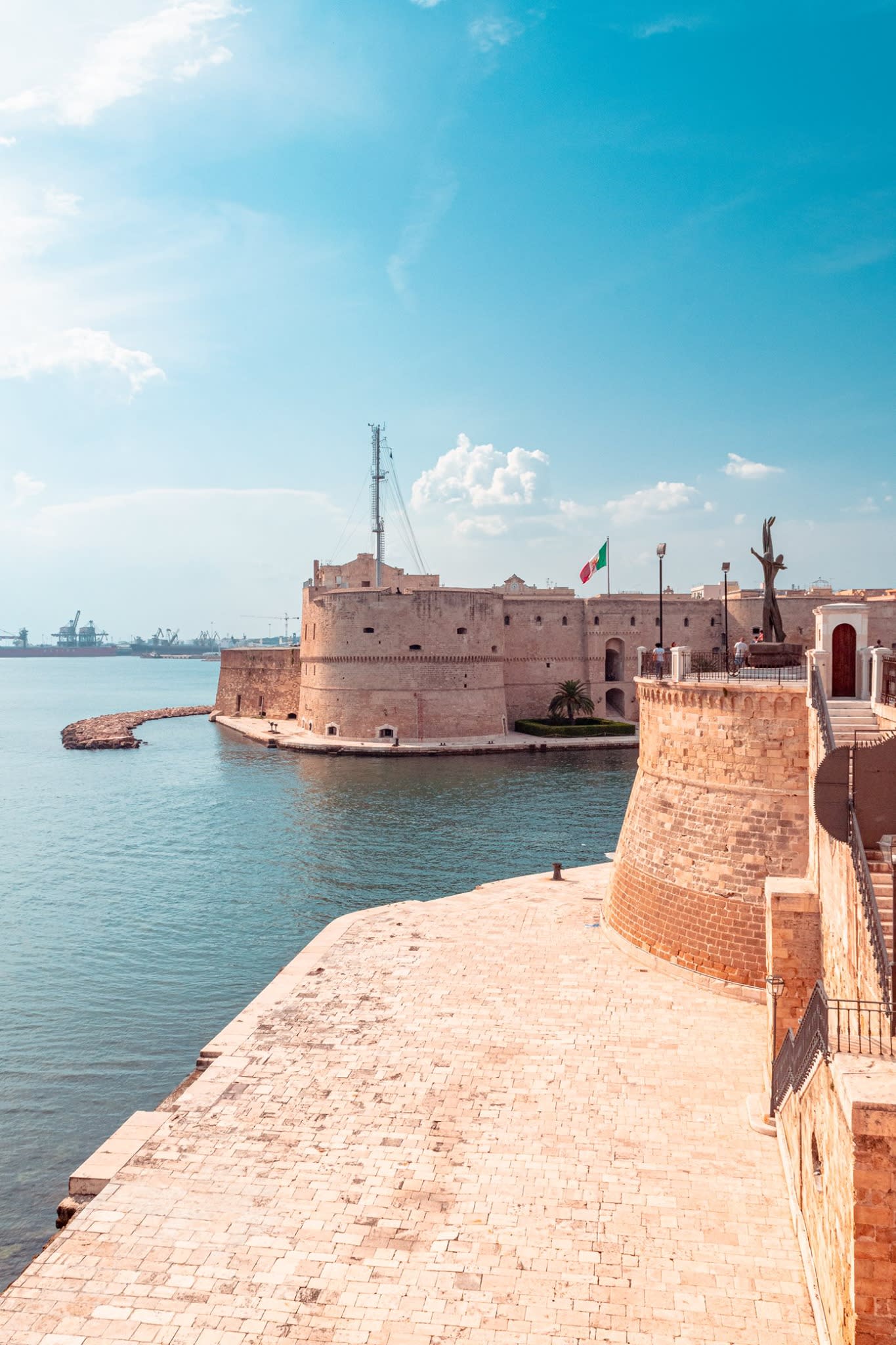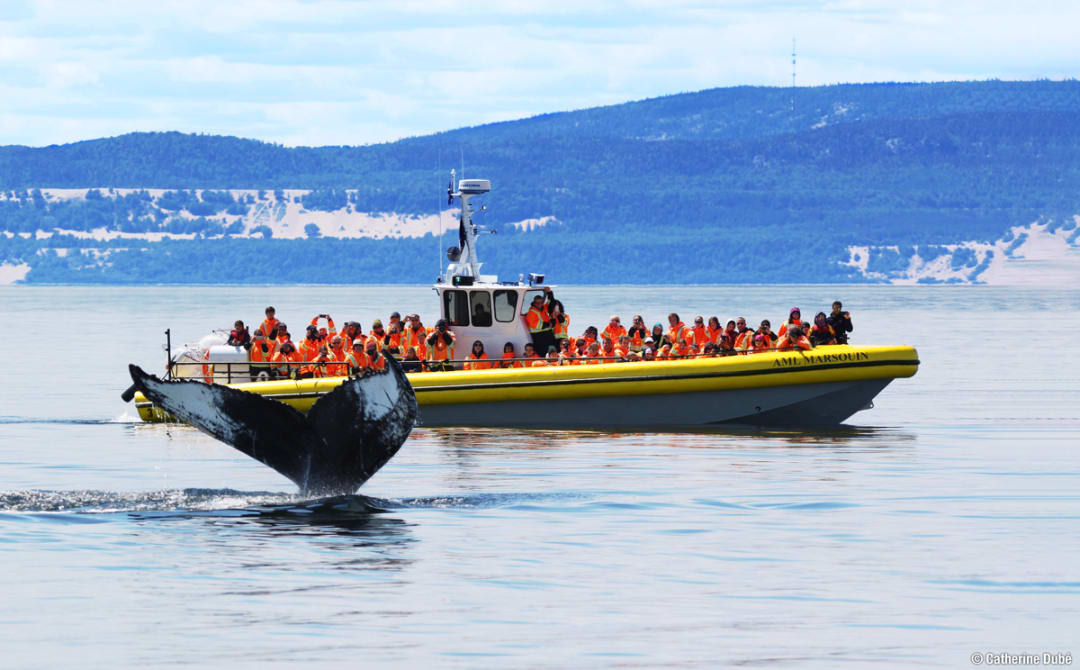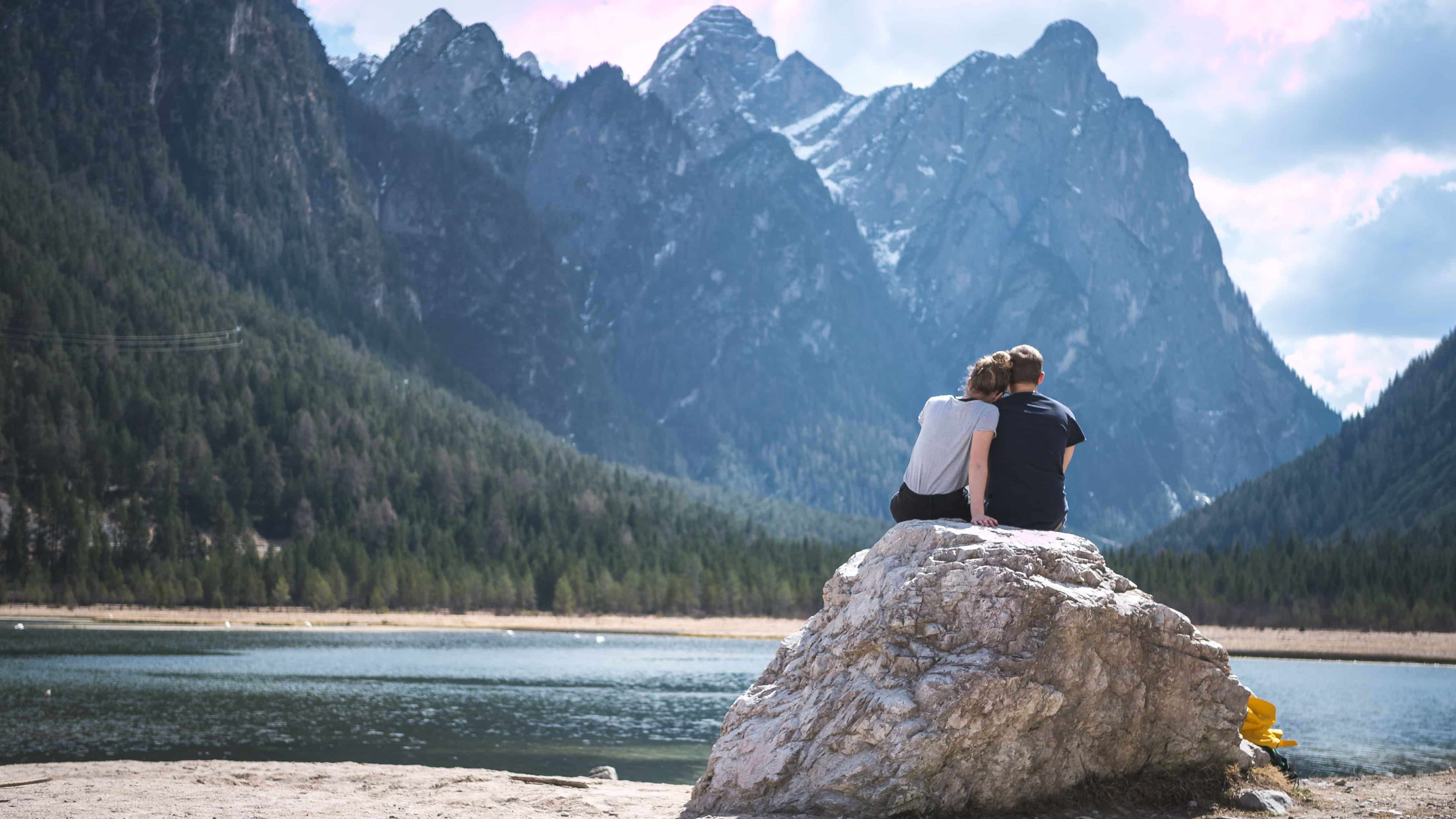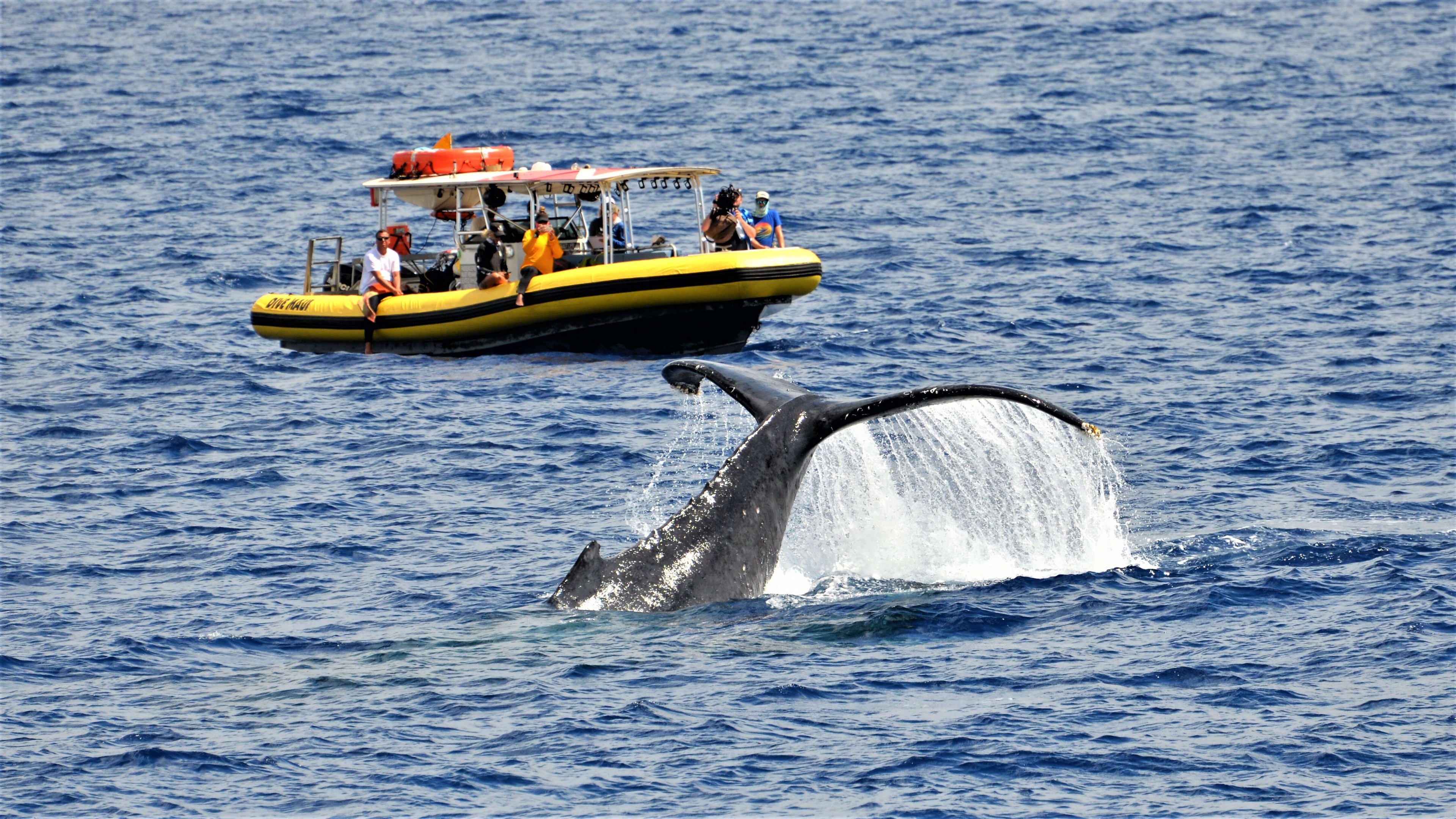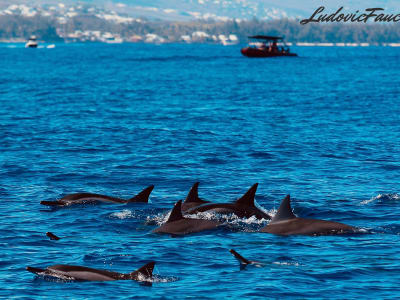
The best Whale Watching activities
All our Whale Watching activities

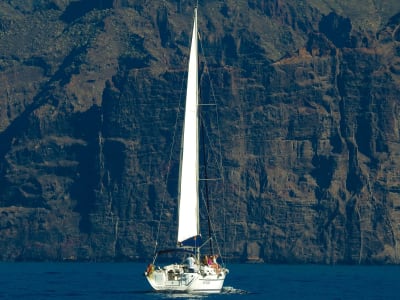
Whale, Turtle and Dolphin-Watching Boat Tour from Los Gigantes, Tenerife
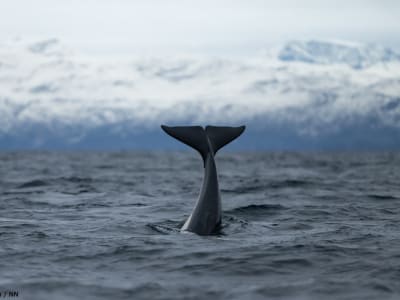
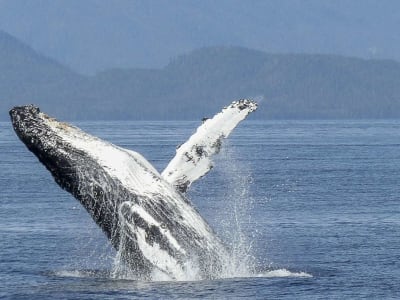
Whale watching in Mauritius from Grande Rivière Noire
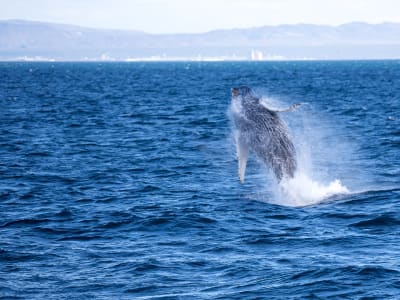
Whale Watching Tour from Reykjavik
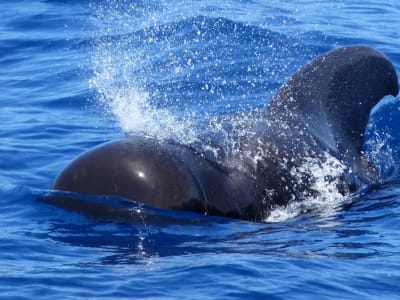
Whale and Dolphin Watching Boat Tour from Los Gigantes, Tenerife
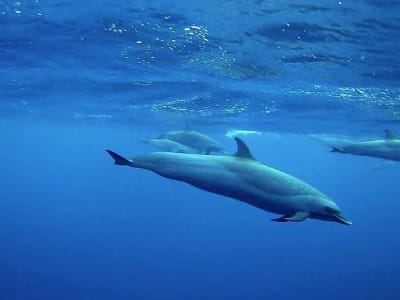
Dolphin and Whale Watching in Les Trois-Îlets, Martinique
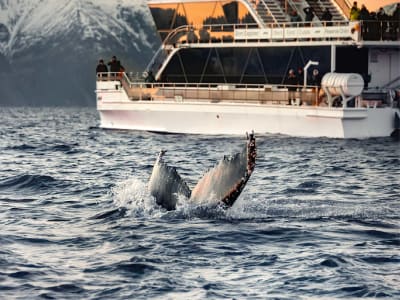
Silent Whale Watching Boat Cruise from Tromsø
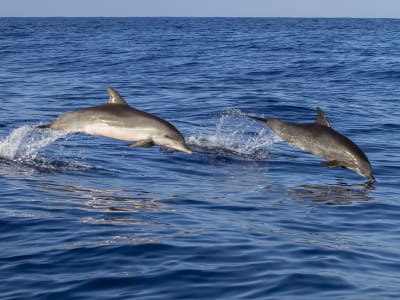
Catamaran Trip and Dolphin Observation in Anses-d'Arlet, Martinique

Whale Watching Tour from Lajes de Pico in Pico Island, Azores
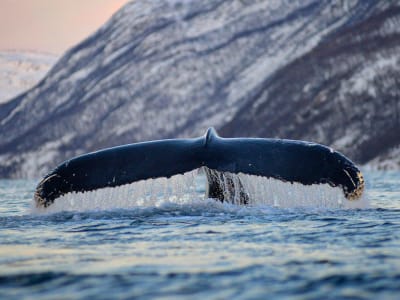
Summer Whale Watching Boat Safari from Andenes in Vesterålen
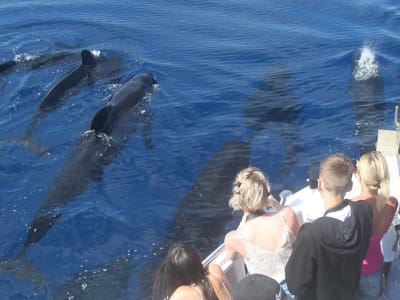
Dolphin and Whale Watching in the Mediterranean Sea from Bandol

Dolphin and Whale watching in Saint-Gilles-les-Bains, Reunion Island

Whale, Turtle and Dolphin-Watching Boat Tour from Los Gigantes, Tenerife

Fjord and Whale Watching Safari from Tromsø

Whale watching in Mauritius from Grande Rivière Noire

Whale Watching Tour from Reykjavik

Whale and Dolphin Watching Boat Tour from Los Gigantes, Tenerife

Dolphin and Whale Watching in Les Trois-Îlets, Martinique

Silent Whale Watching Boat Cruise from Tromsø

Catamaran Trip and Dolphin Observation in Anses-d'Arlet, Martinique

Whale Watching Tour from Lajes de Pico in Pico Island, Azores

Summer Whale Watching Boat Safari from Andenes in Vesterålen

Dolphin and Whale Watching in the Mediterranean Sea from Bandol
Whale Watching: A Mesmerizing Journey into the World of Cetaceans
Introduction to Whale Watching
Whale watching is more than just an outdoor activity—it's an awe-inspiring experience that brings you face-to-face with some of the most majestic creatures on Earth. From the powerful breach of a humpback whale to the graceful glide of a dolphin, whale watching offers a rare opportunity to witness marine life in its natural habitat. It’s an adventure accessible to all, whether you're a curious beginner or a seasoned nature enthusiast. Perfect for families, couples, or solo travellers, whale watching is the ideal way to connect with nature and explore the depths of the ocean. At Manawa, we make it easy for you to book this unforgettable experience at top destinations worldwide.
History and Origins of Whale Watching
Whale watching has deep roots that go back centuries. Indigenous cultures, particularly in the Pacific Northwest and along the coasts of Australia, revered whales as symbols of strength and wisdom. They were often seen as guardians of the sea, and their presence was celebrated in art, folklore, and tradition.
Modern whale watching as we know it started in the mid-20th century. The first commercial whale watching trips began in the 1950s in California, when passengers were taken to view migrating grey whales. The activity quickly gained popularity, and by the 1980s, it had spread across the globe, particularly in regions where whale migrations could be easily observed. This shift from whaling to whale watching was a monumental one, highlighting growing awareness of conservation and the intrinsic value of marine life.
Today, whale watching has become a global phenomenon, with millions of people each year seeking the chance to see cetaceans in the wild. Alongside the thrill of observing these creatures, whale watching plays a crucial role in raising awareness about marine conservation and the protection of endangered species.
The Different Types of Whale Watching
Whale watching is a versatile activity, offering various experiences tailored to different levels of adventure and interest. Here are the main types of whale watching you can enjoy:
Coastal Whale Watching Tours
Coastal whale watching is the most common and accessible form of the activity. These tours usually last between 2 to 4 hours and take place on boats designed for close encounters with cetaceans. From the comfort of the boat, you’ll be able to observe different species of whales, dolphins, and porpoises. Ideal for beginners, coastal tours are guided by marine experts who share fascinating insights about the species you encounter, ensuring an educational and safe experience.
Expedition Whale Watching
For those seeking a more immersive experience, expedition whale watching tours offer longer trips—often spanning multiple days. These expeditions take place in remote locations where whales are known to gather, such as Antarctica, the Norwegian fjords, or the Sea of Cortez. Expedition tours are designed for wildlife enthusiasts and photographers who want to witness rare species like blue whales, orcas, and belugas in their natural environments. This type of whale watching requires a moderate level of physical fitness and a passion for adventure, but the reward is an unparalleled encounter with marine life.
Kayak Whale Watching
Kayak whale watching is a thrilling way to get up close and personal with cetaceans, offering a more intimate experience compared to boat tours. Paddling quietly through the water, you can often get much closer to dolphins, porpoises, and even smaller species of whales. This type of whale watching is ideal for active individuals who want to combine sport with wildlife observation. Though it requires some paddling skills, most kayak tours are beginner-friendly and guided by experienced instructors who ensure both safety and respect for the wildlife.
Shore-Based Whale Watching
For those who prefer to stay on solid ground, shore-based whale watching can be just as rewarding. Certain locations, like the cliffs of South Africa’s Hermanus or the beaches of Iceland, offer excellent vantage points where whales can be observed without the need for a boat. Shore-based whale watching is perfect for families or those who may experience seasickness, and many spots even have designated whale watching platforms to make the experience as enjoyable as possible.
Essential Equipment for Whale Watching
Whale watching, while straightforward, can be greatly enhanced with the right gear. Here’s a breakdown of the equipment you might need depending on the type of whale watching experience you choose:
For Boat Tours
- Binoculars: While most whale watching tours bring you close to the action, a good pair of binoculars will allow you to spot whales and other marine animals from a distance, especially if they surface far from the boat.
- Camera with Telephoto Lens: Capture stunning photos of whales breaching or dolphins swimming alongside the boat. A telephoto lens is recommended for capturing wildlife at a distance.
- Windbreaker or Waterproof Jacket: The weather at sea can be unpredictable, so it’s essential to dress in layers and bring a windproof or waterproof jacket.
- Non-Slip Shoes: Boat decks can get slippery, especially when wet. Wearing shoes with good grip will help you stay safe.
For Kayak Whale Watching
- Life Jacket: Safety comes first, and a life jacket is mandatory for kayak tours. Most providers supply these, but it’s always good to make sure it fits well.
- Dry Bag: Keep your belongings, especially cameras or phones, dry while paddling.
- Sun Protection: Long hours on the water mean increased exposure to the sun, so don’t forget a hat, sunglasses, and plenty of sunscreen.
For Shore-Based Watching
- Folding Chair or Blanket: Comfort is key when whale watching from the shore. Bring something to sit on, especially if you’re settling in for a long wait.
- Spotting Scope: For the ultimate shore-based whale watching experience, a spotting scope offers high magnification, allowing you to see even distant whale activity clearly.
Best Whale Watching Destinations Around the World
Whale watching is a global activity, and there are stunning locations across the planet where you can witness these magnificent creatures. Here are some of the top spots:
Húsavík, Iceland
Known as the whale watching capital of Europe, Húsavík offers sightings of humpback whales, minke whales, and occasionally the elusive blue whale. The tours here often take place in traditional oak boats, adding to the experience's charm.
Hervey Bay, Australia
Hervey Bay is one of the world’s top spots for humpback whale watching. Between July and November, the whales stop here during their migration to rest and play in the calm waters, offering spectacular displays of breaching and tail-slapping.
Monterey Bay, USA
California’s Monterey Bay is home to a wide range of cetaceans, including humpback whales, orcas, and the occasional blue whale. The nutrient-rich waters of the bay attract whales year-round, making it a prime location for marine life enthusiasts.
Tromsø, Norway
For those interested in seeing orcas and humpback whales under the magical Northern Lights, Tromsø is a bucket-list destination. The whale watching season here runs from November to February, offering a unique combination of wildlife and Arctic beauty.
La Réunion
Located in the Indian Ocean, the island of La Réunion offers incredible whale watching opportunities, particularly between June and October, when humpback whales migrate to the warm waters for mating and calving. Tours often depart from the west coast, and it’s not uncommon to spot whales breaching near the beaches, making it a fantastic destination for both boat and shore-based whale watching.
The Saint Lawrence River, Quebec, Canada
The Saint Lawrence River is one of the world’s premier whale watching spots, especially for beluga whales. Between May and October, you can witness minke whales, humpbacks, and even blue whales as they feed in the rich waters of the Gulf of Saint Lawrence. Departures from places like Tadoussac or Charlevoix offer excellent opportunities to see these majestic creatures up close.
Pico Island, Azores
The Azores, an archipelago in the middle of the Atlantic, is one of the best places in the world for year-round whale watching. Pico Island, in particular, is famous for its sightings of sperm whales, as well as other species like blue whales and fin whales during the spring migration. The deep waters surrounding the island provide an ideal habitat for these giants, and boat tours offer the chance to observe them in their natural environment.
Whale Watching Glossary: Key Terms to Know
- Breach: When a whale leaps out of the water, creating a spectacular splash as it re-enters.
- Spyhopping: When a whale vertically pokes its head out of the water, usually to observe its surroundings.
- Blow: The spout of water a whale expels when it surfaces to breathe.
- Pods: Groups of whales or dolphins that travel together, often led by a dominant female.
The Benefits of Whale Watching
Whale watching offers numerous benefits beyond the excitement of seeing these creatures in the wild. It allows you to connect with nature, reduce stress, and feel a deeper appreciation for marine life. Whale watching tours also contribute to conservation efforts by educating participants on the importance of protecting these majestic animals and their habitats.
Tips for Getting Started with Whale Watching
- Choose the Right Season: Whale watching is often seasonal, with certain times of the year offering higher chances of sightings. Be sure to research the best time to visit your chosen destination.
- Book with a Reputable Provider: Choose a licensed and eco-friendly tour operator who prioritizes the safety of both participants and wildlife.
- Respect the Wildlife: Keep a safe distance from the animals and follow all guidelines set by your tour guide. Remember, you’re in their environment!
Whale watching is much more than just an outdoor activity—it’s an immersive, awe-inspiring experience that connects you to the wonders of the ocean and its majestic inhabitants. Whether you're watching from the cliffs of Iceland, paddling in a kayak alongside dolphins in La Réunion, or witnessing the powerful breach of a humpback in the Azores, each encounter leaves you with a deeper appreciation for the natural world. Beyond the thrill, whale watching also plays a crucial role in marine conservation, reminding us of the importance of protecting these extraordinary species and their habitats.
At Manawa, we’re committed to making your whale watching experience unforgettable. Whether you're a first-timer or an experienced adventurer, our carefully selected tours around the world offer something for everyone. So why wait? Dive into the wild, witness the extraordinary, and book your whale watching adventure today!
You're in good hands with Manawa.
We are dedicated to make your outdoor activities extraordinary. Benefit from expert advice, friendly service, and live unforgettable moments with Manawa.



